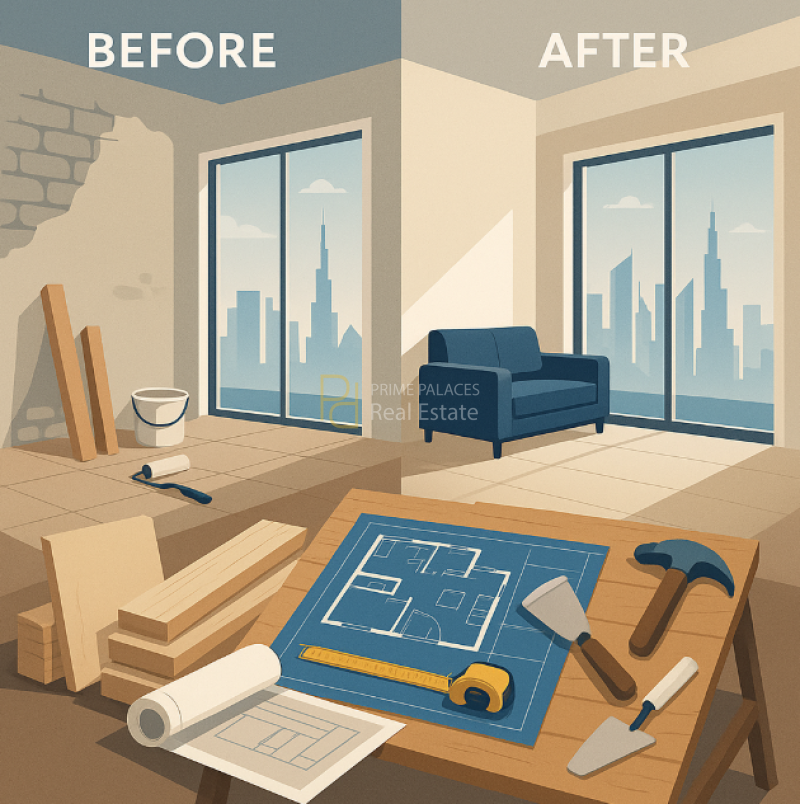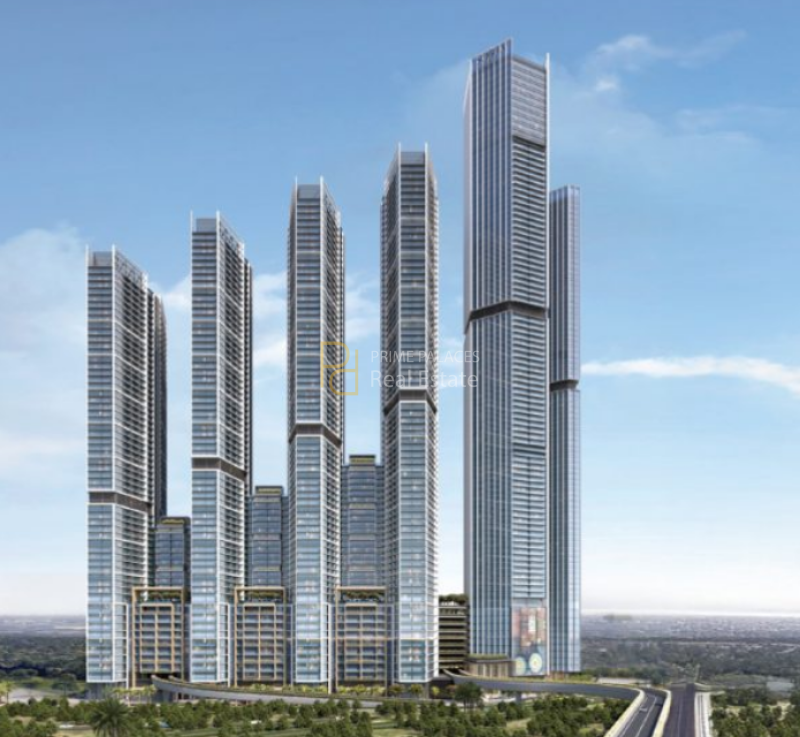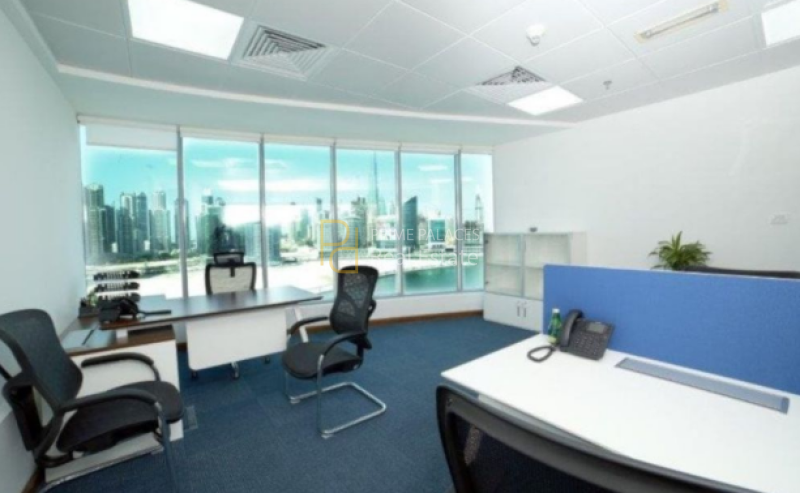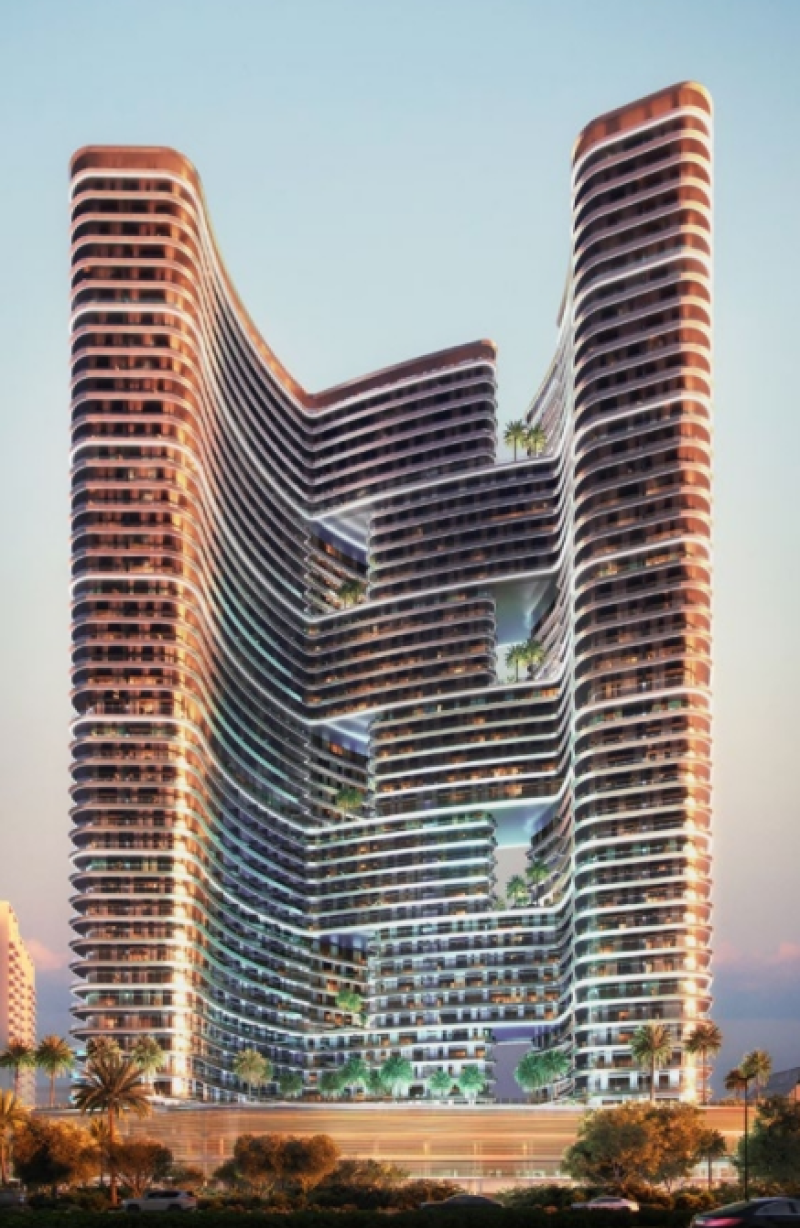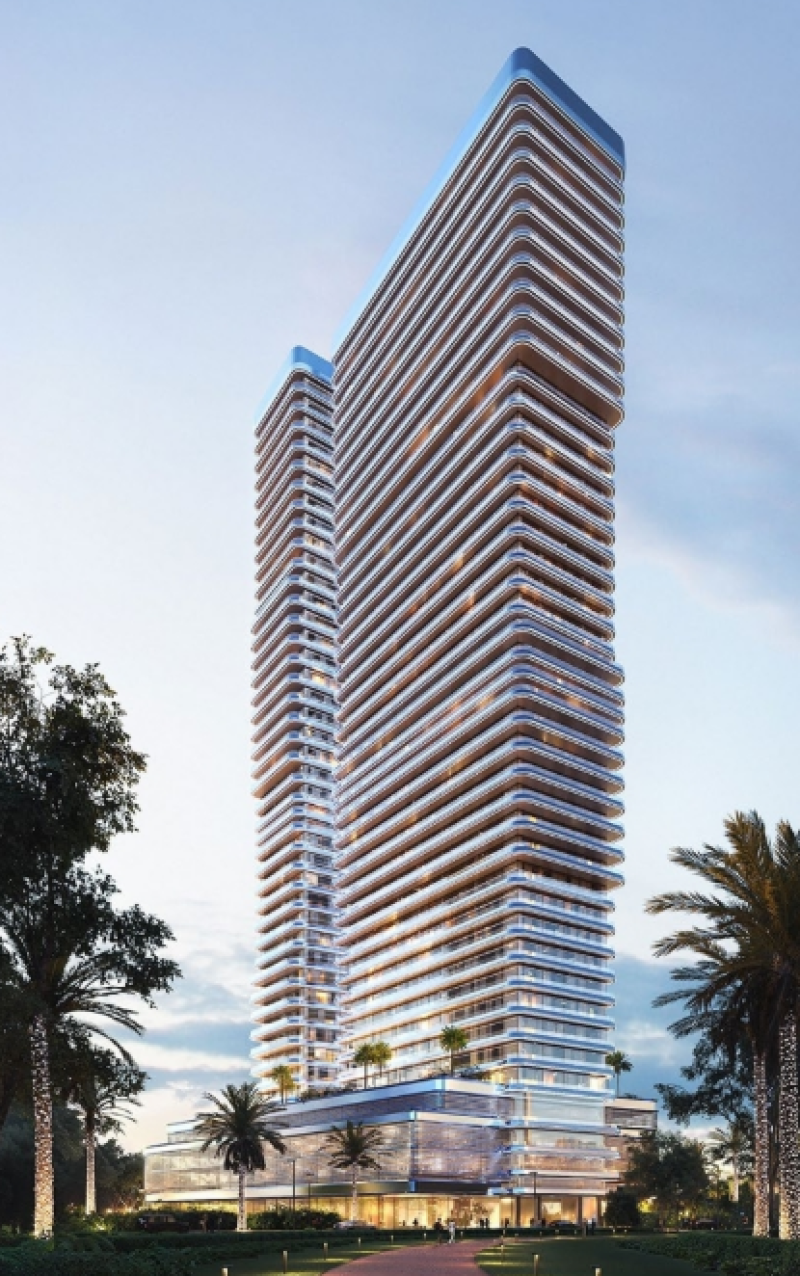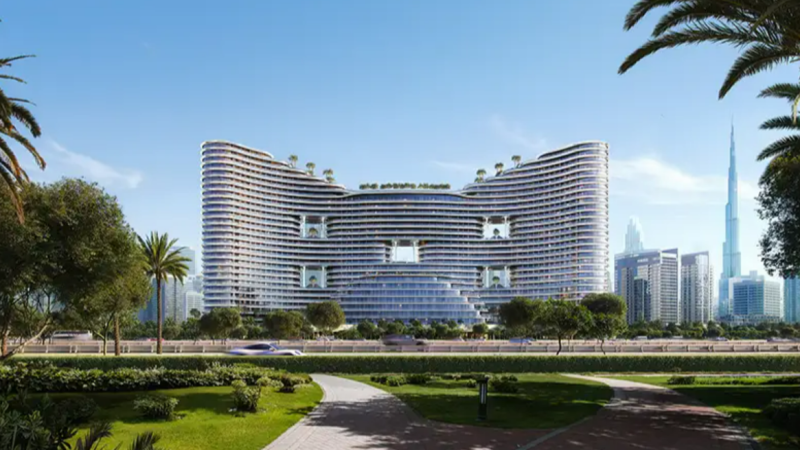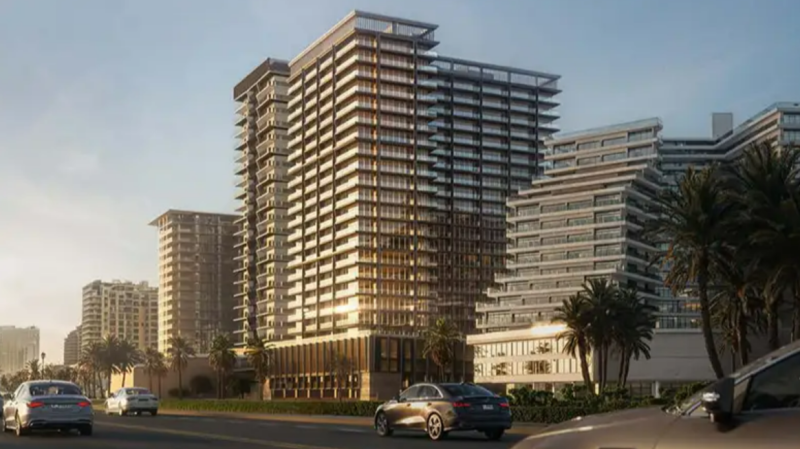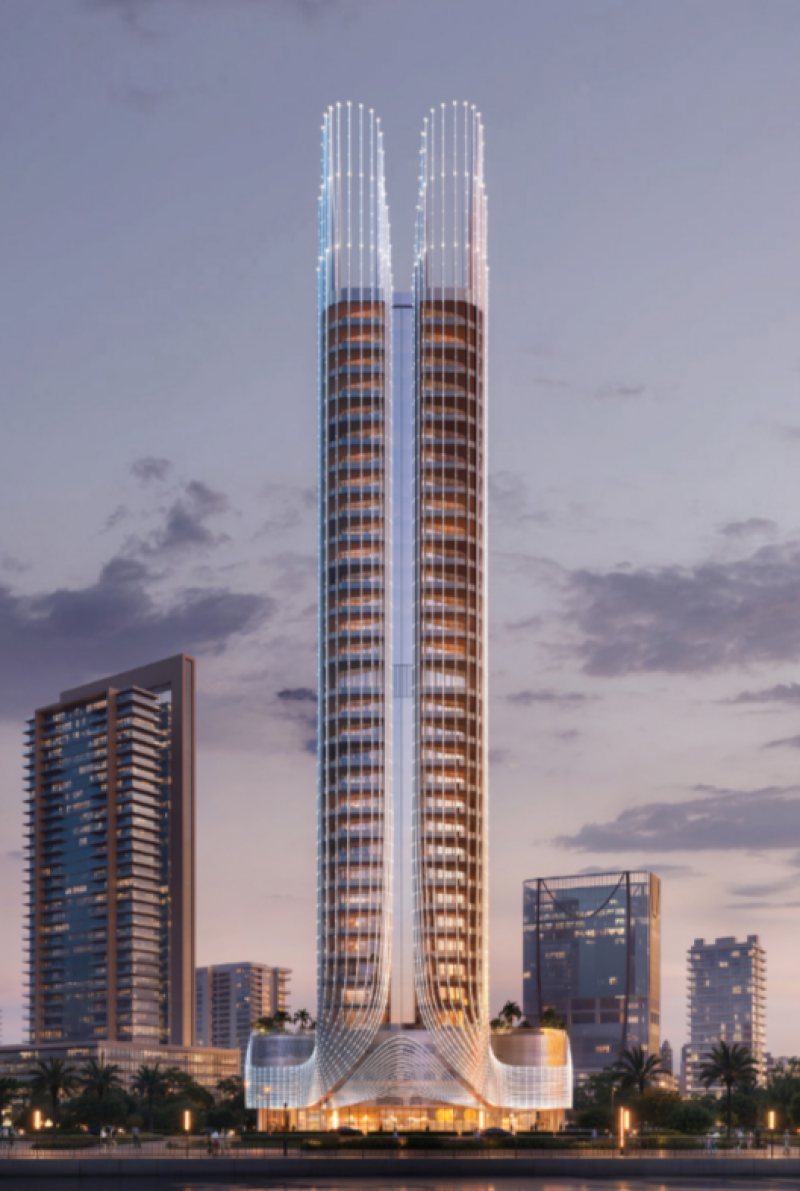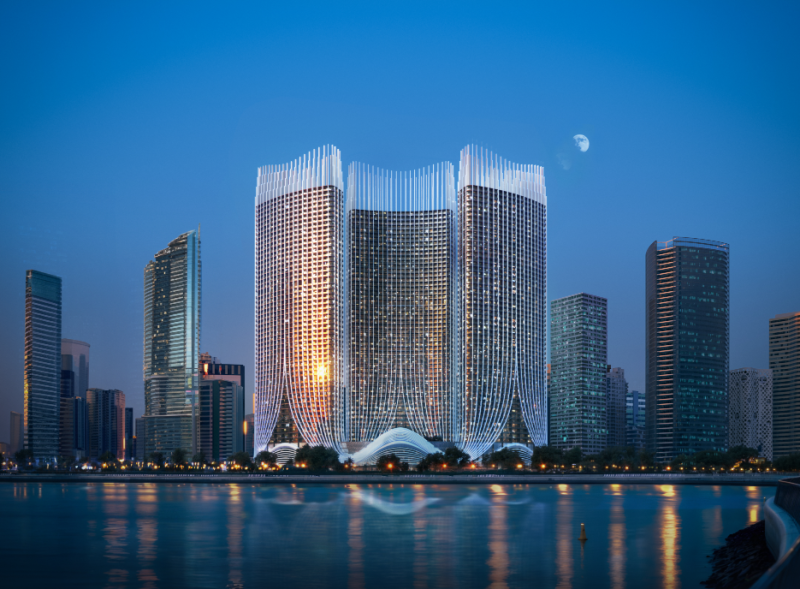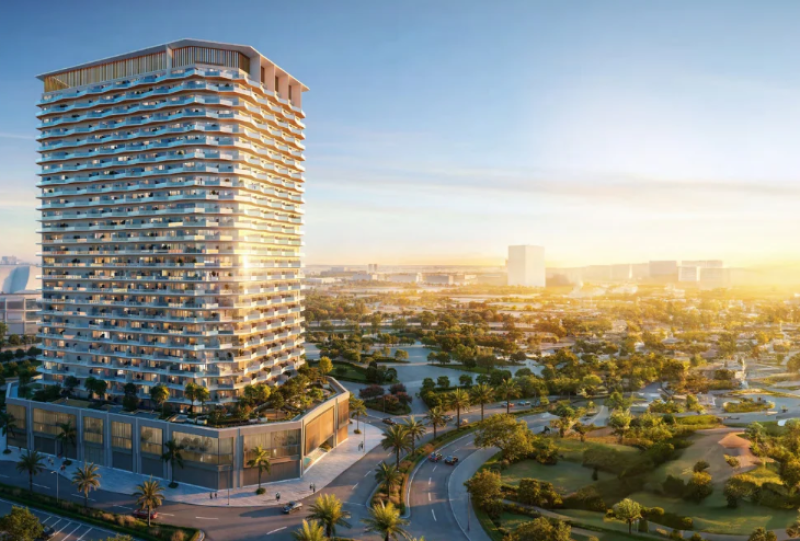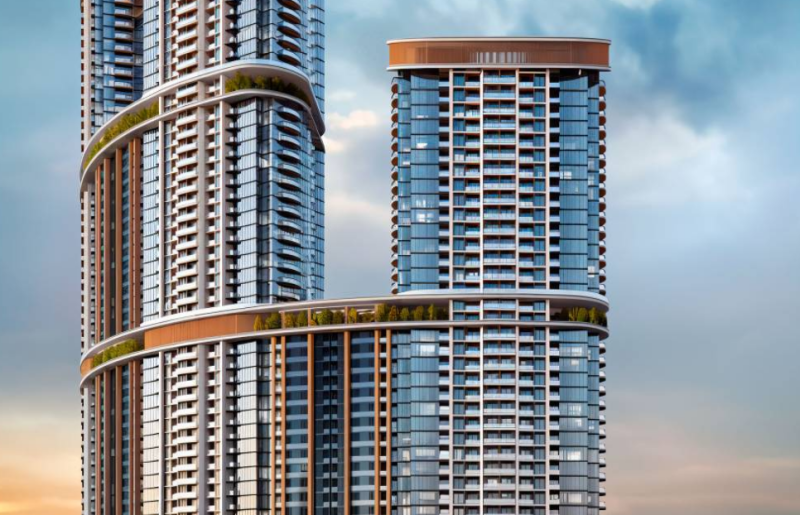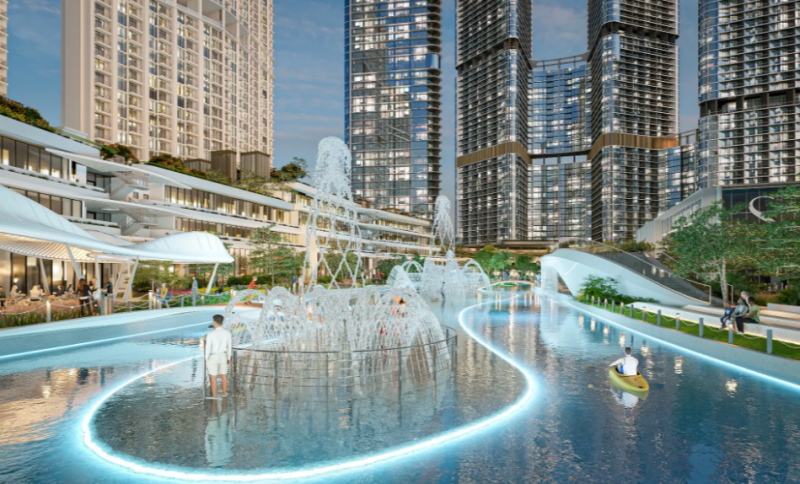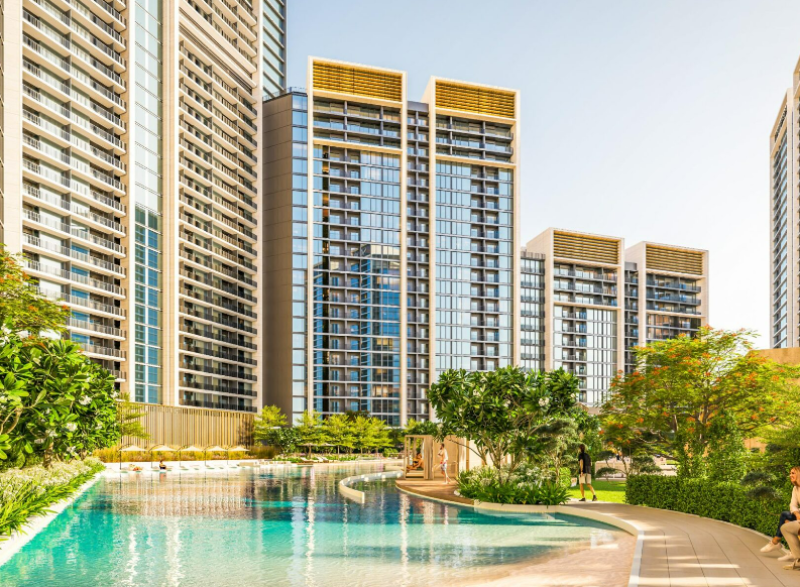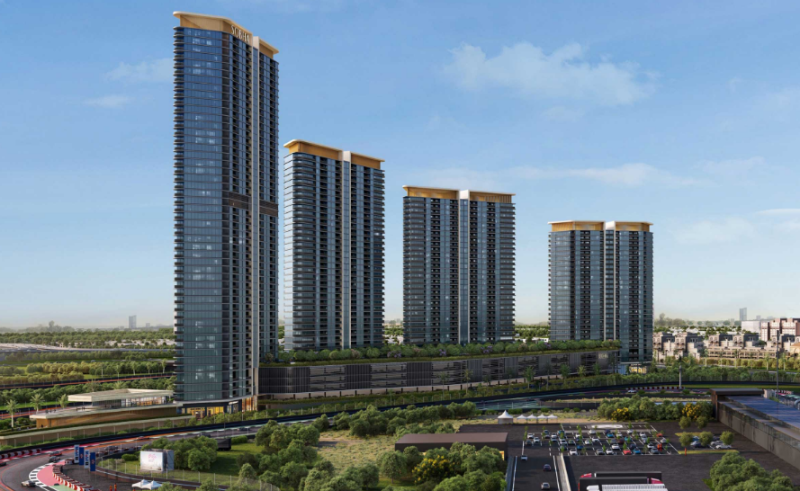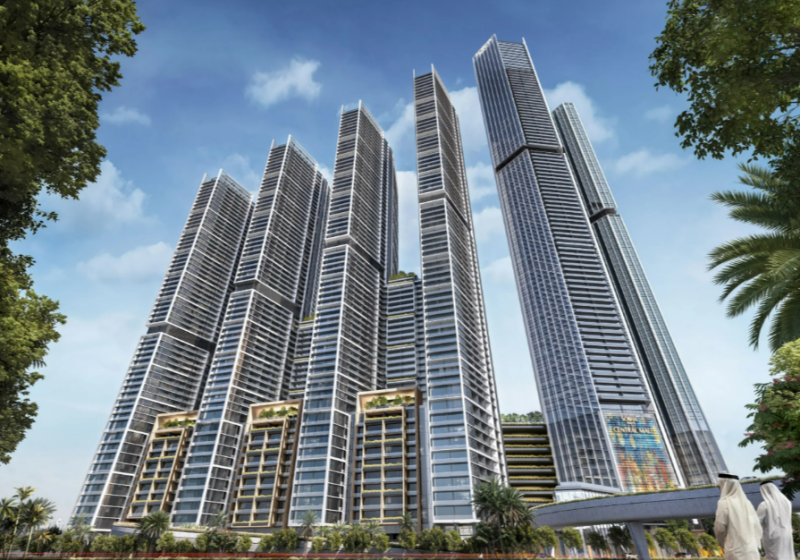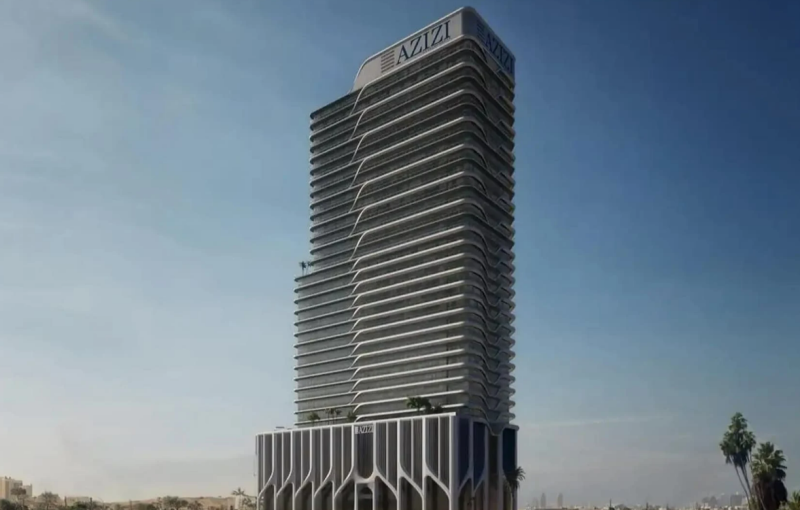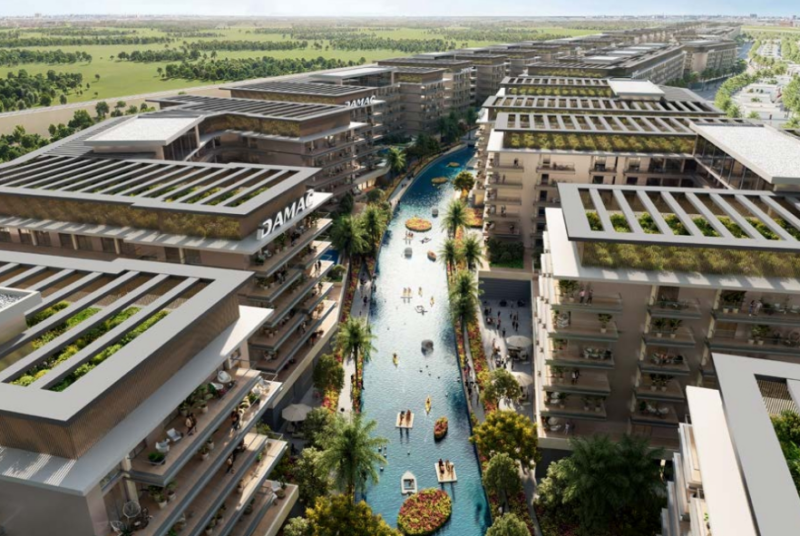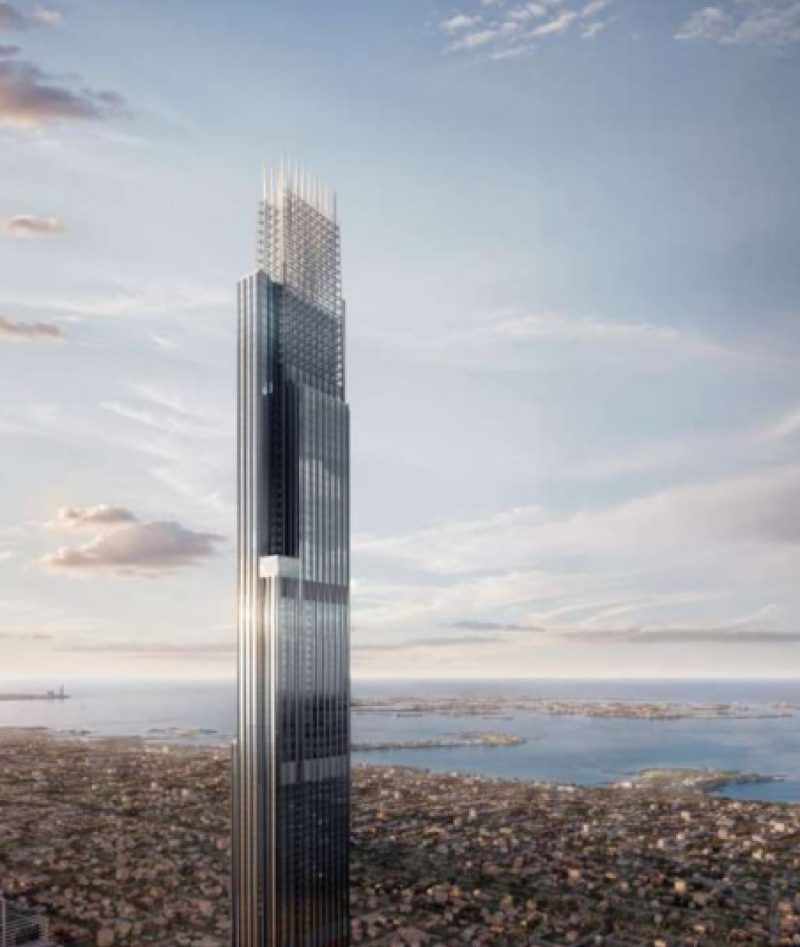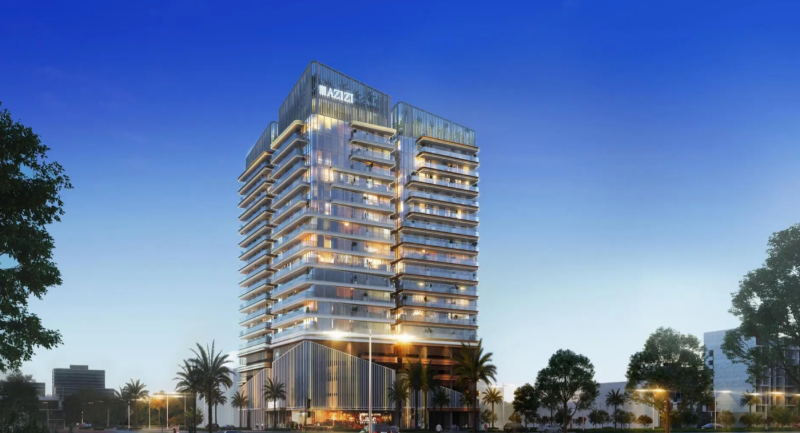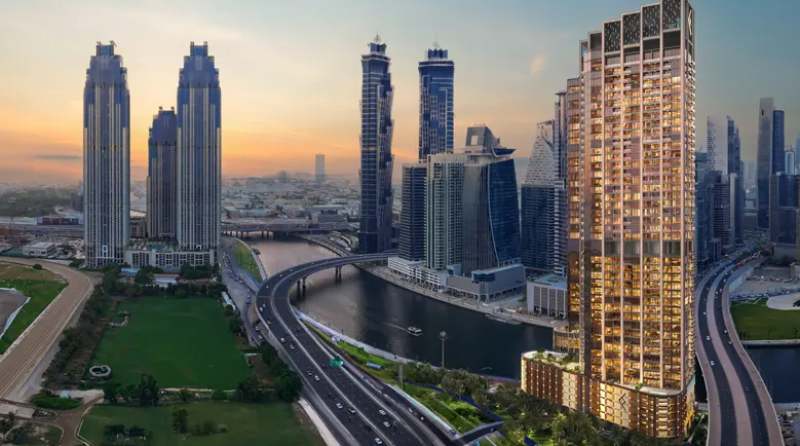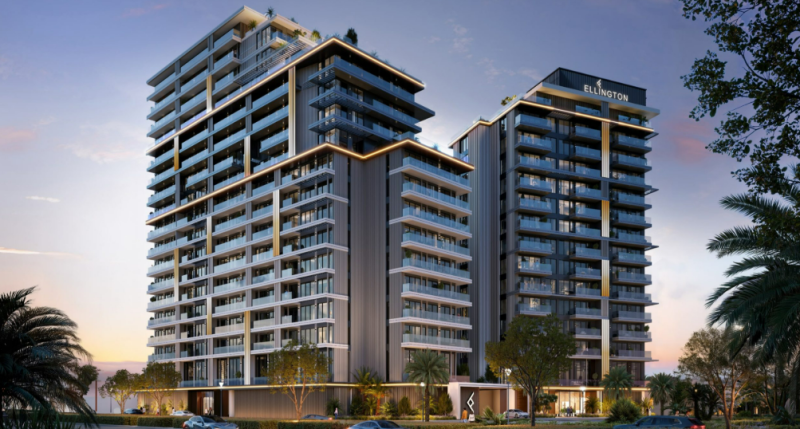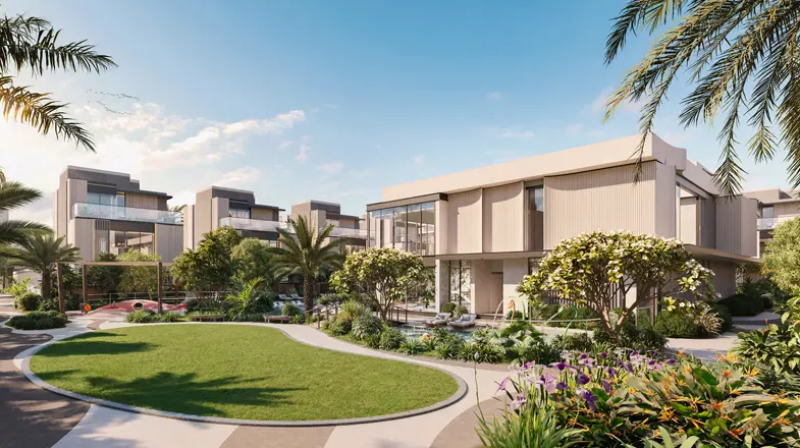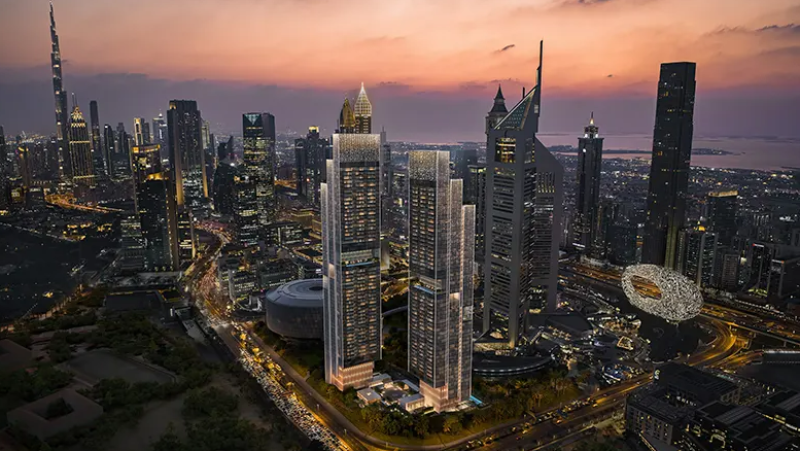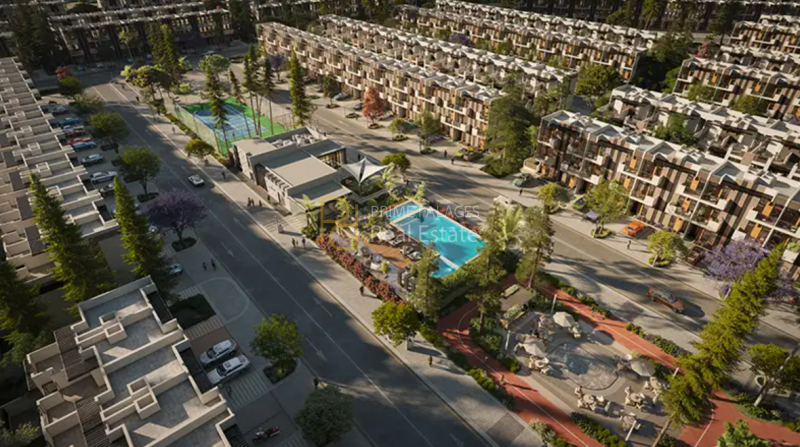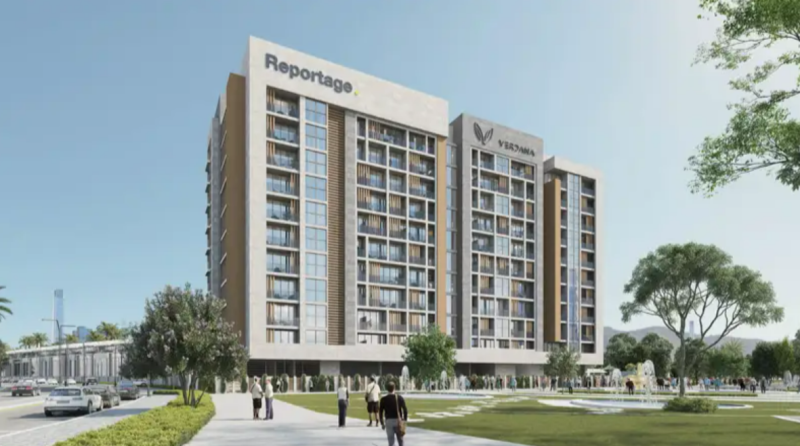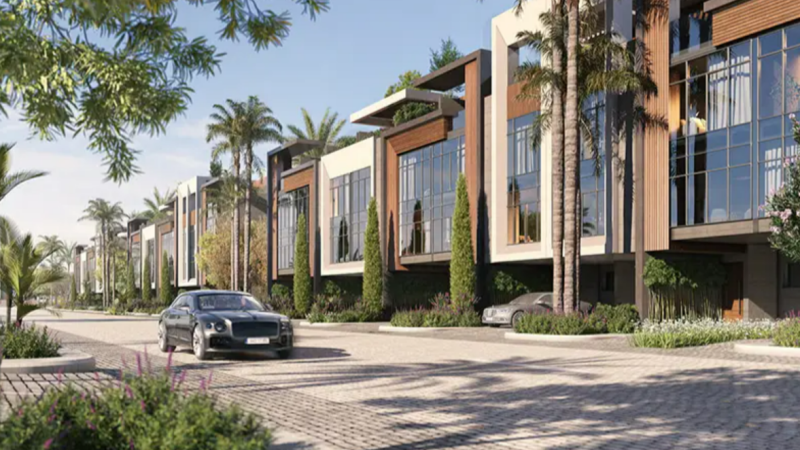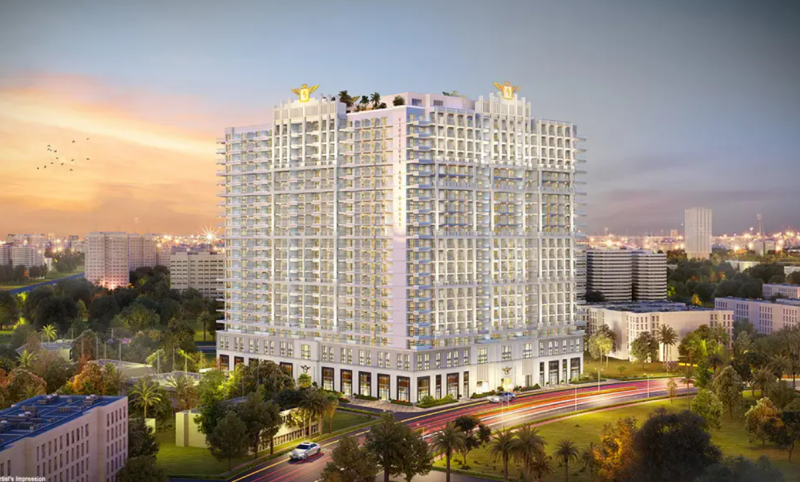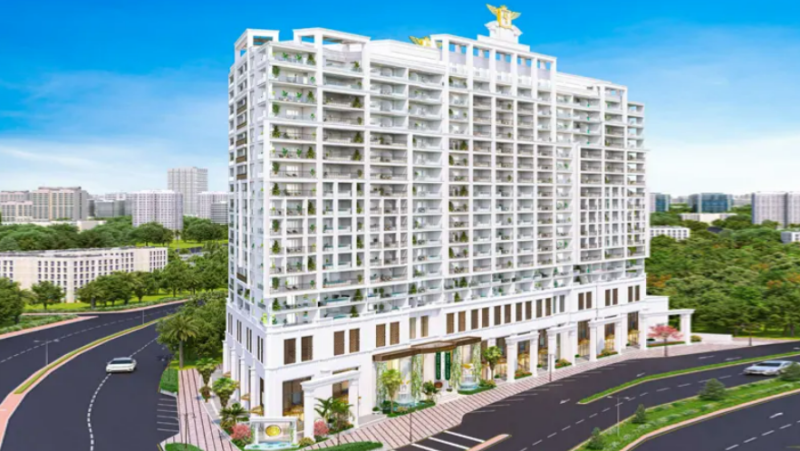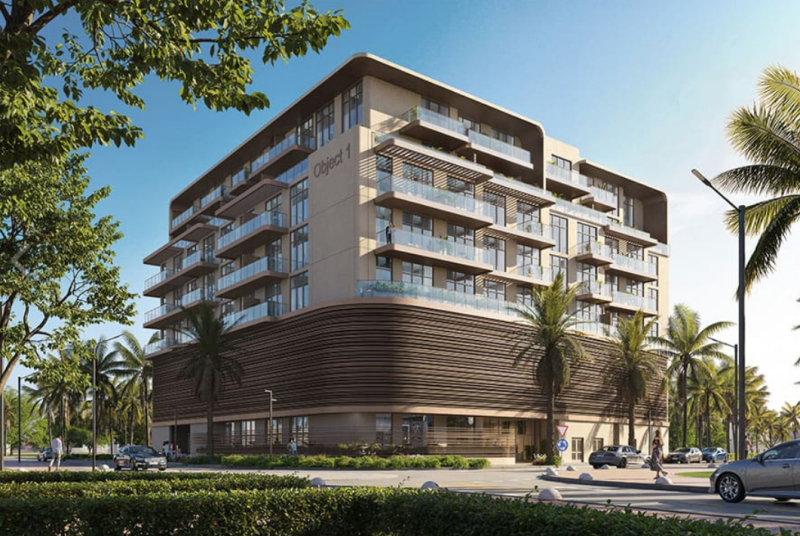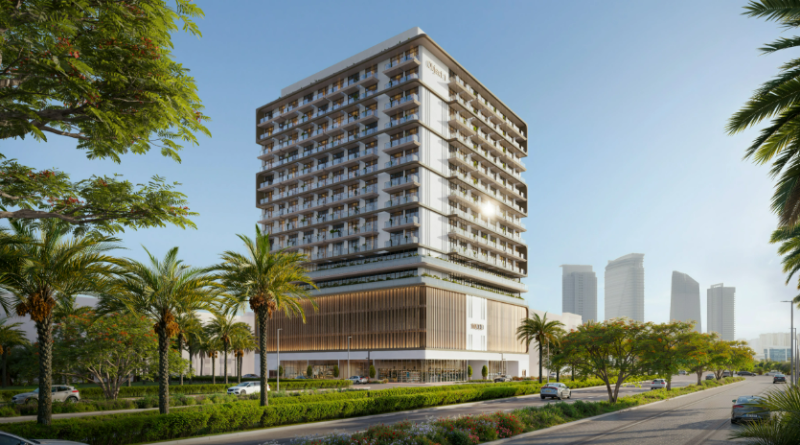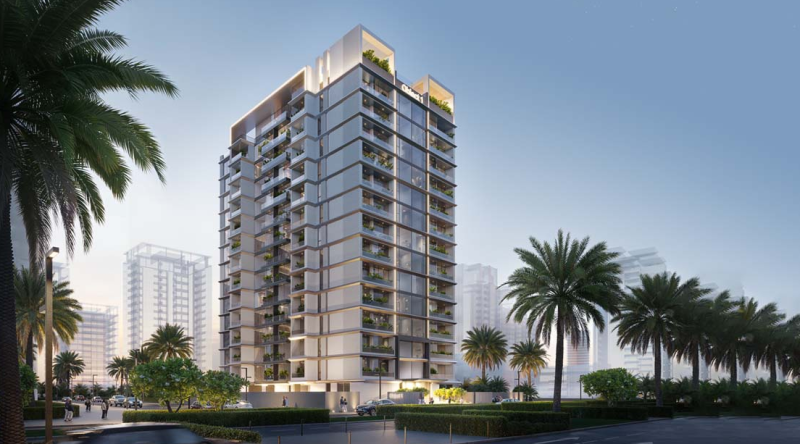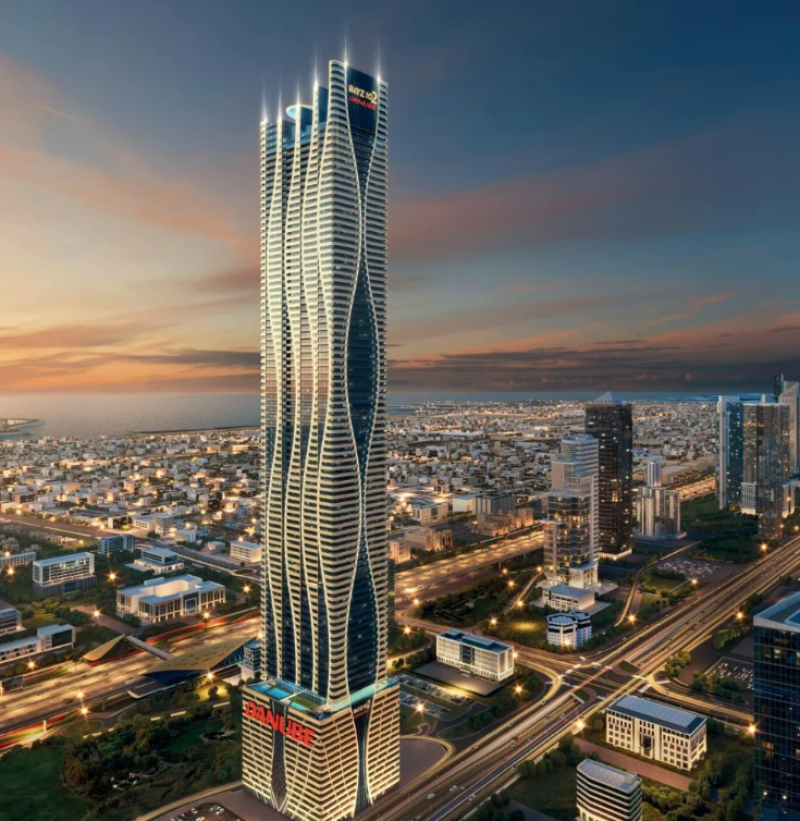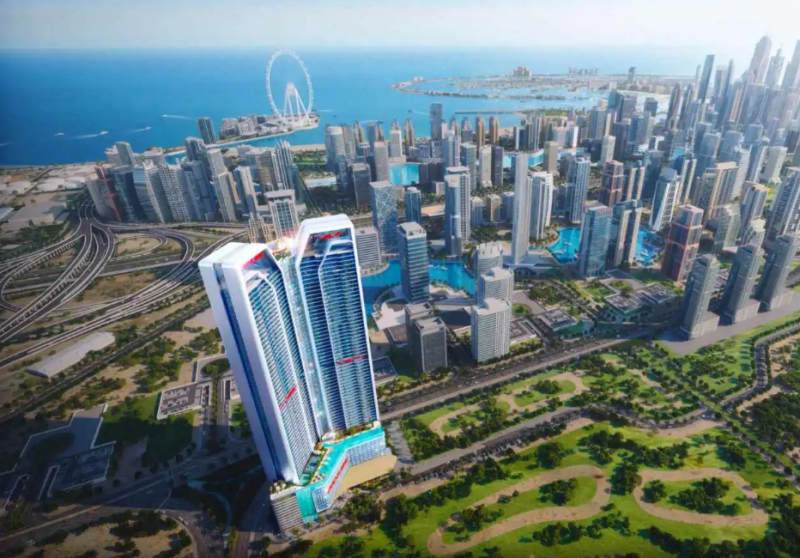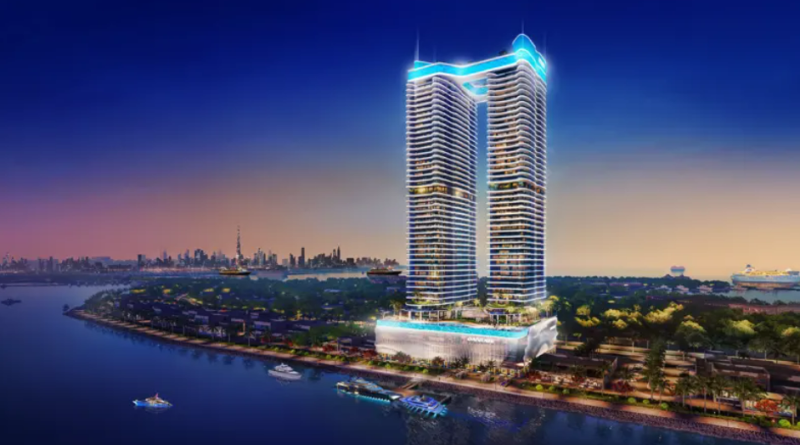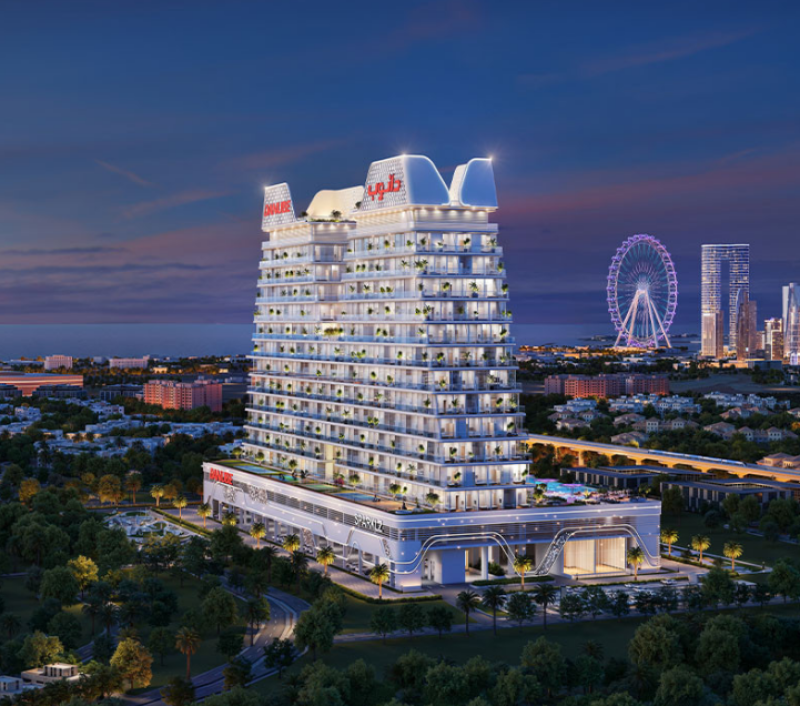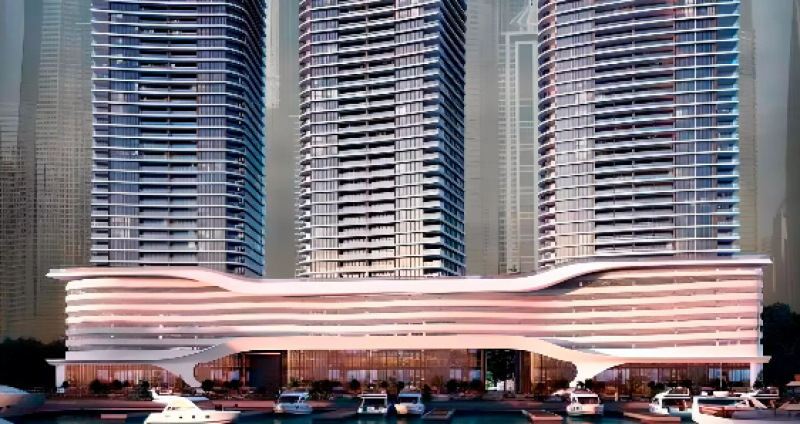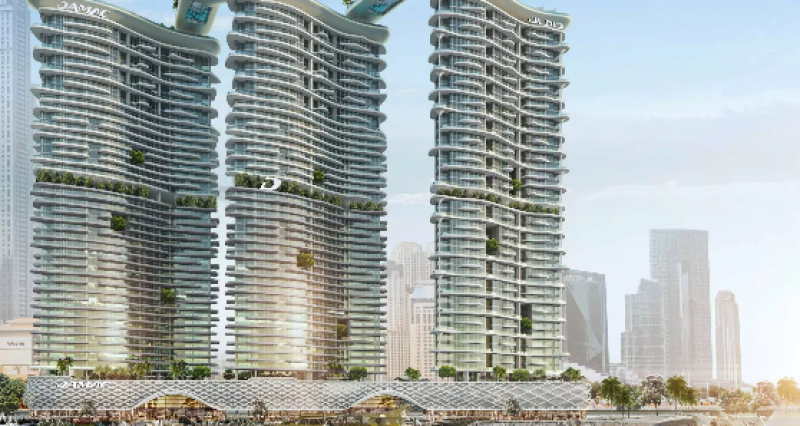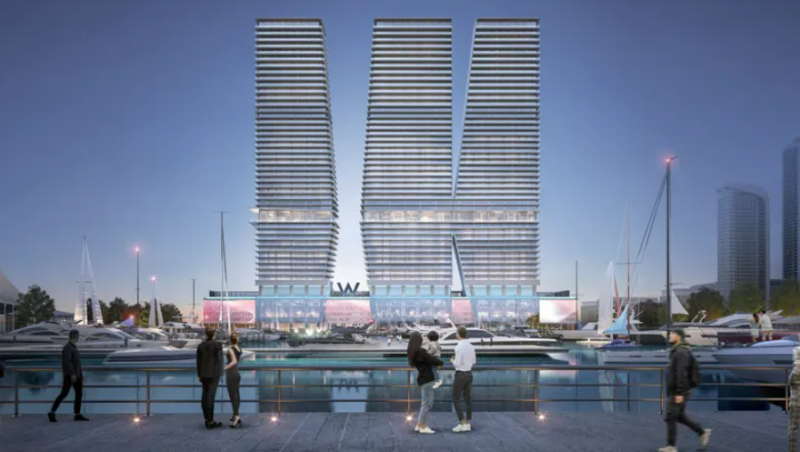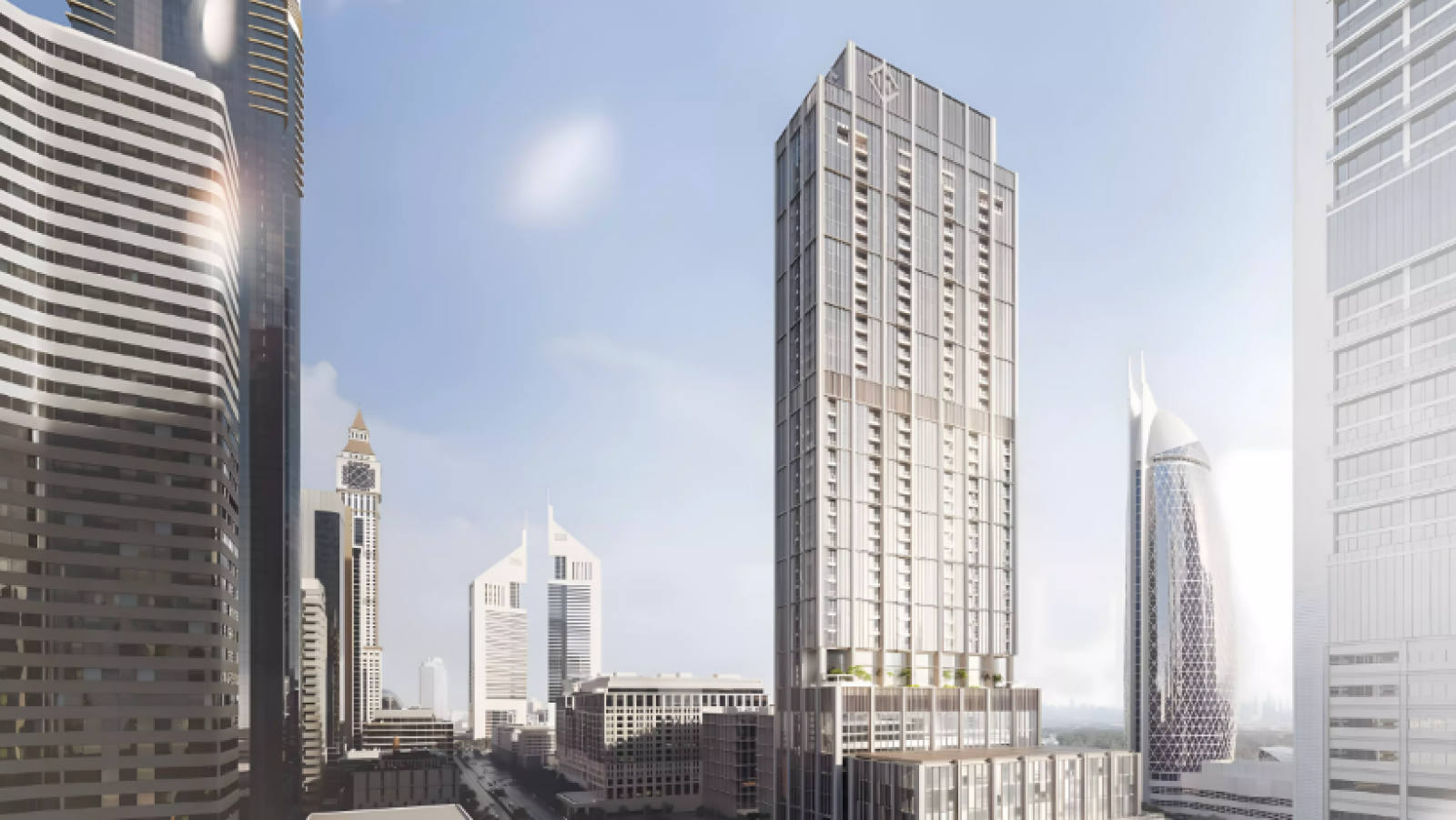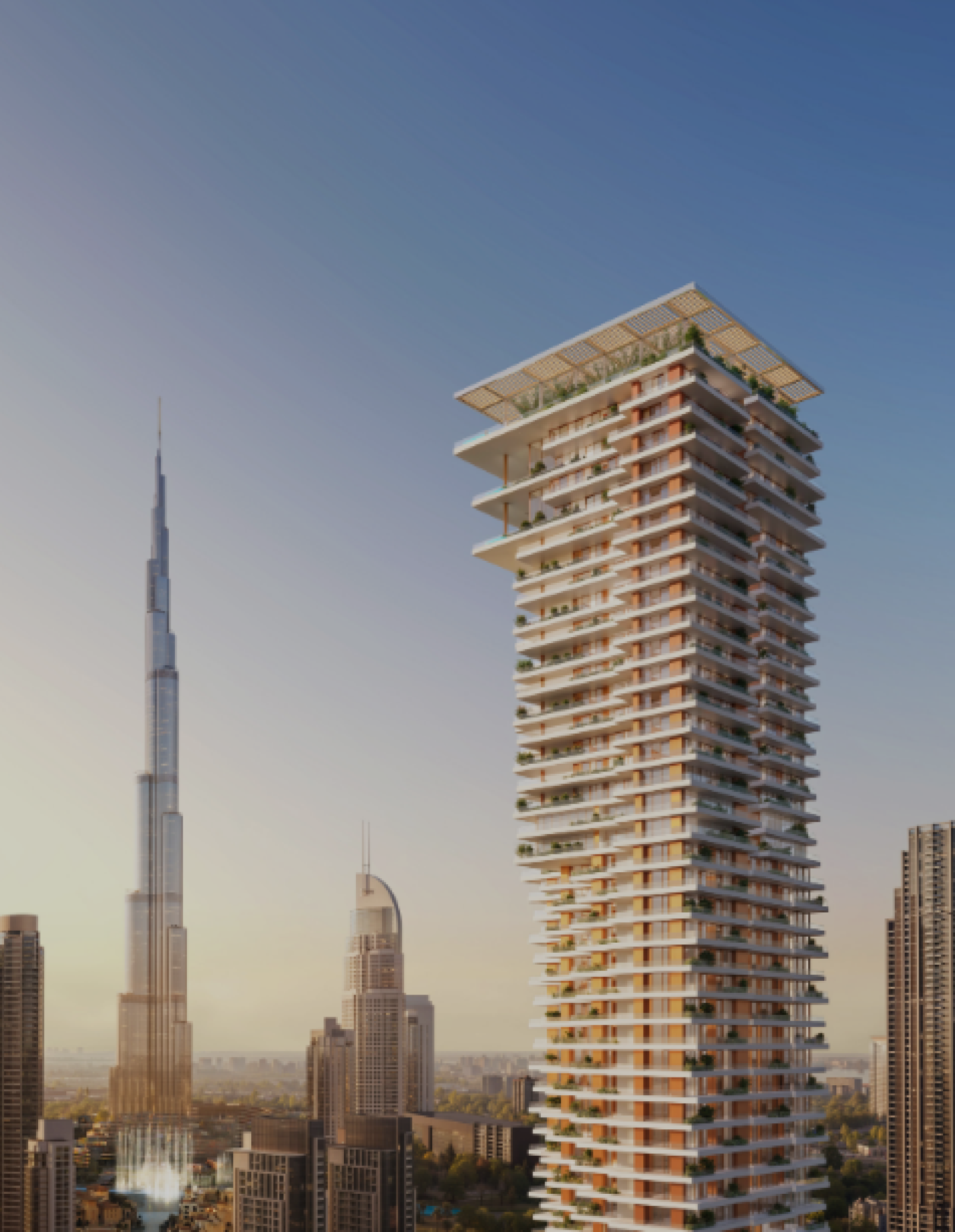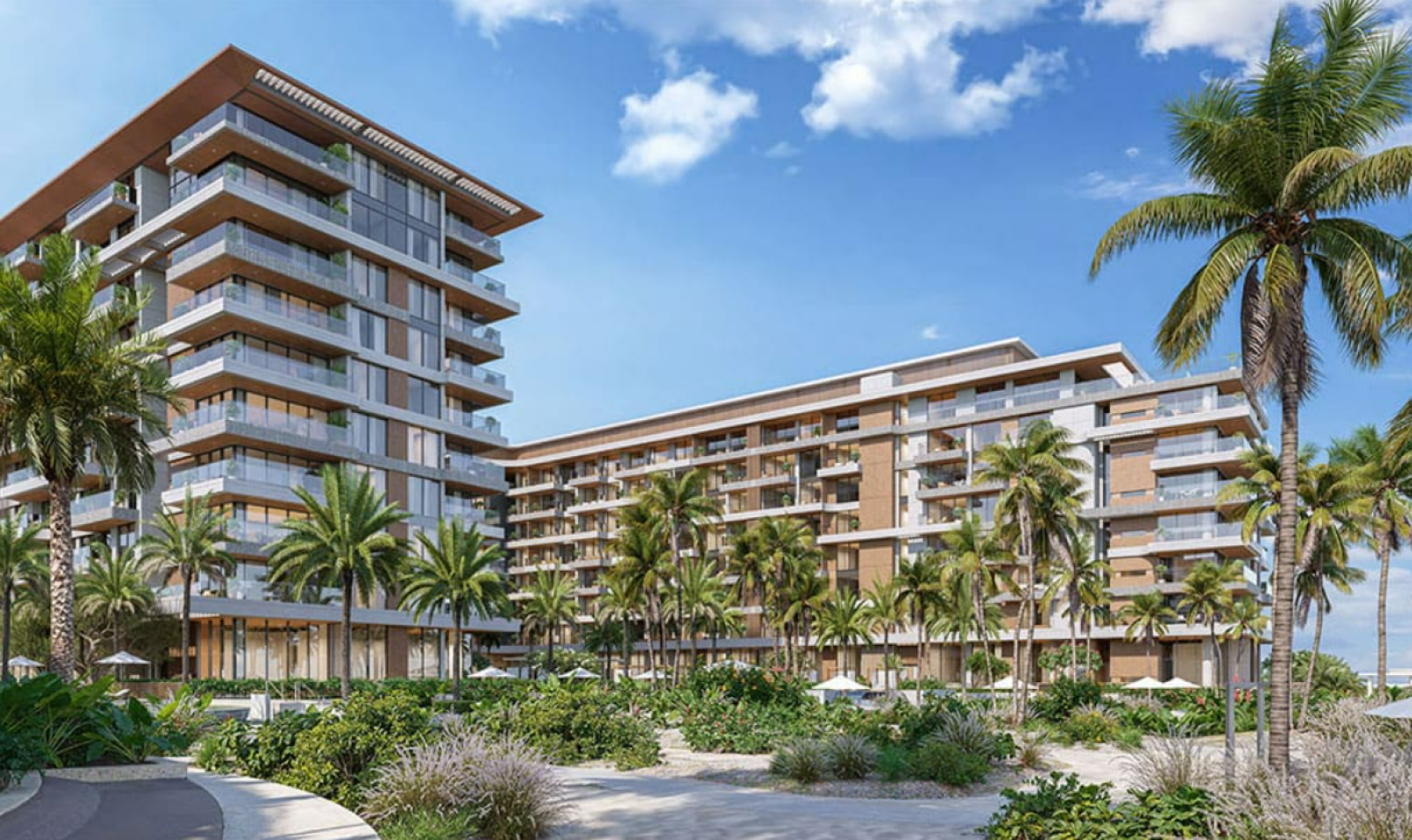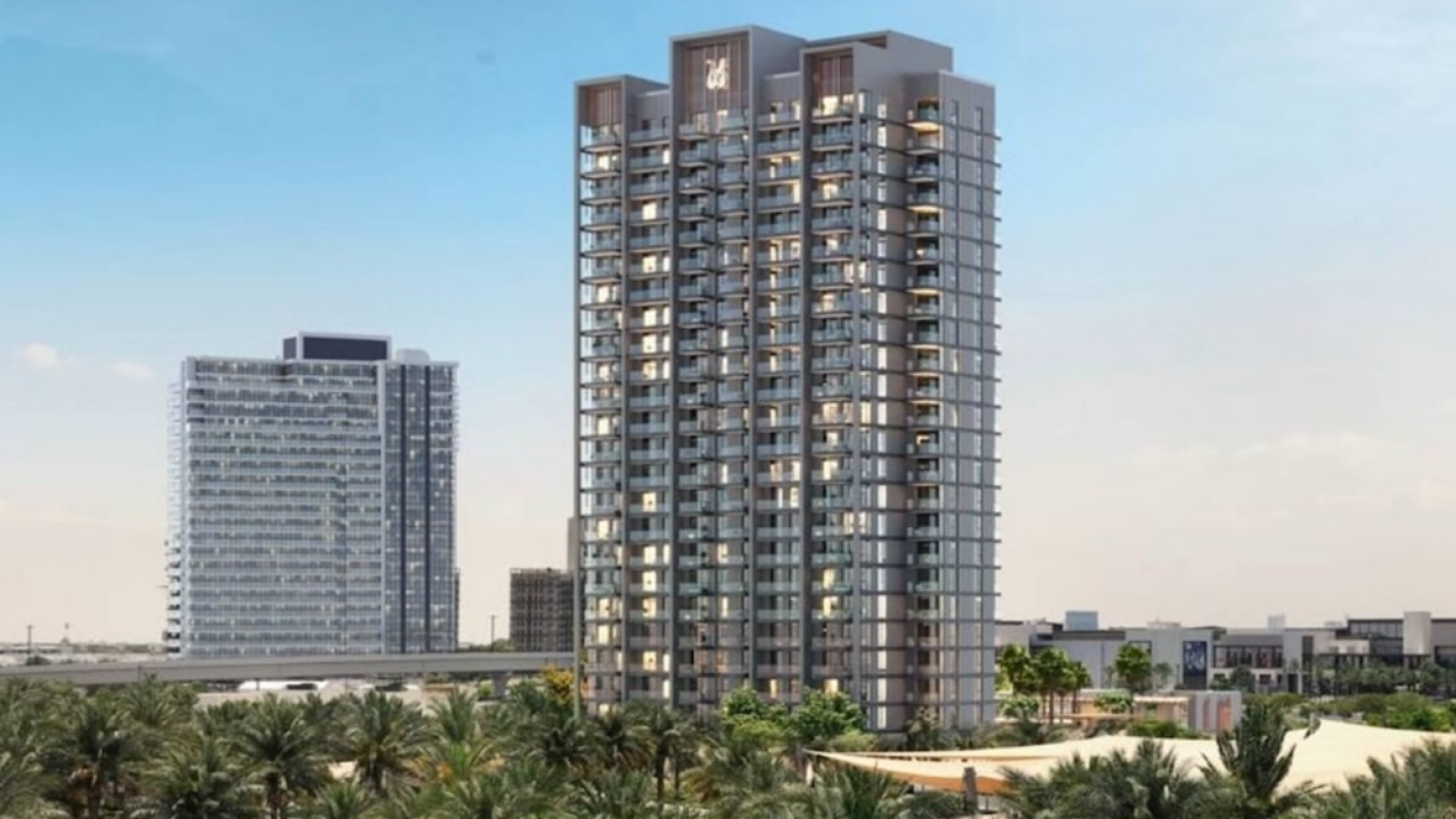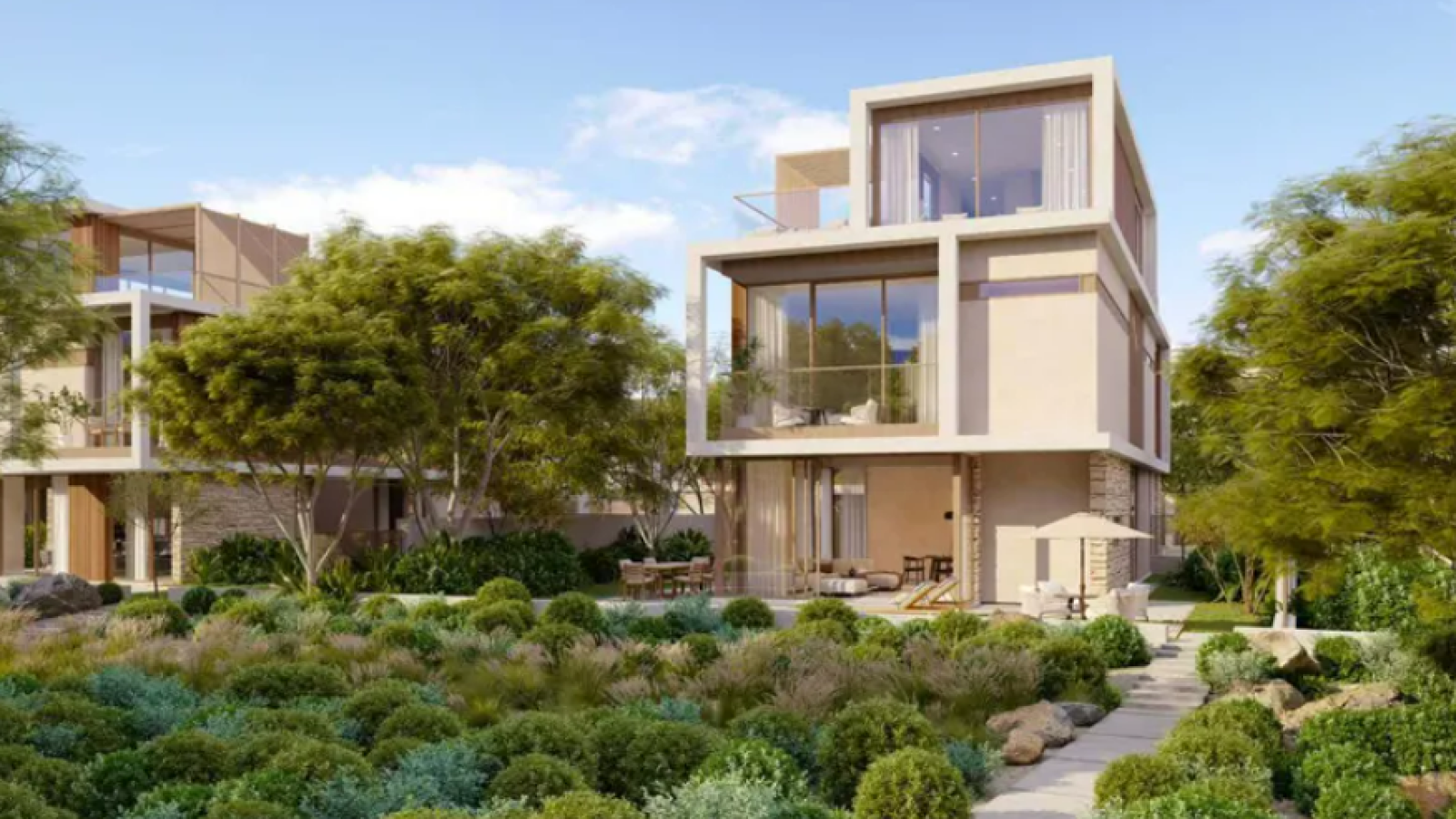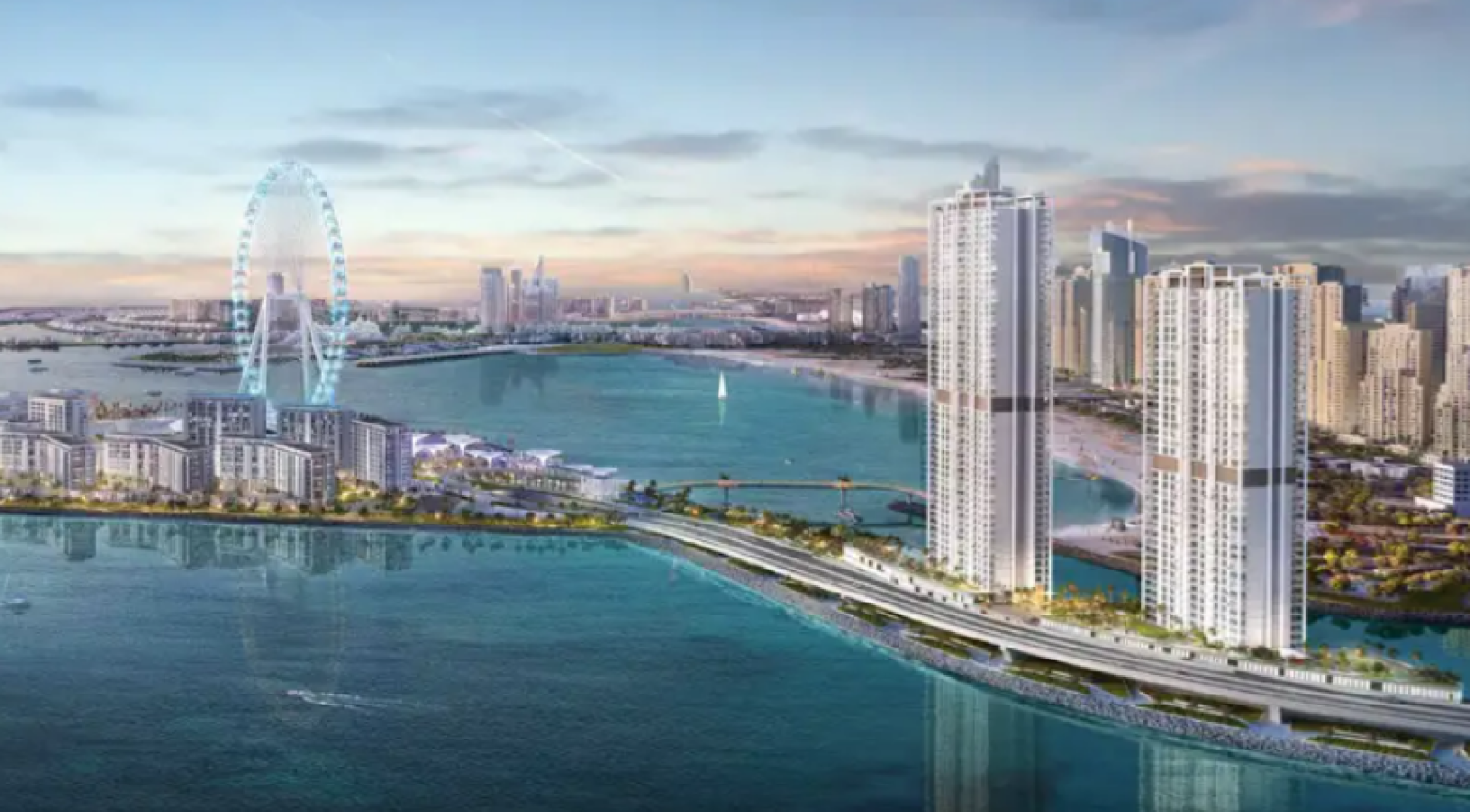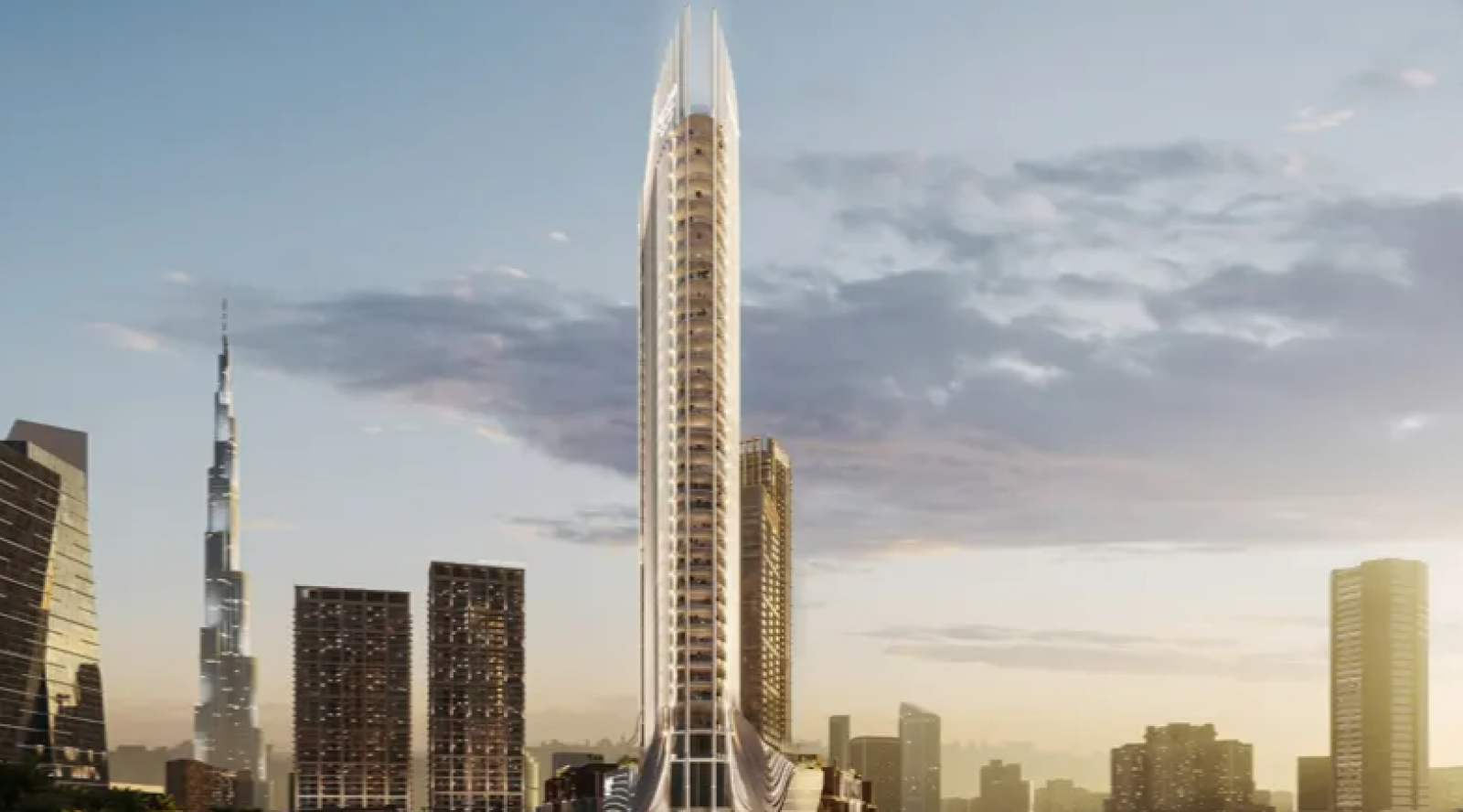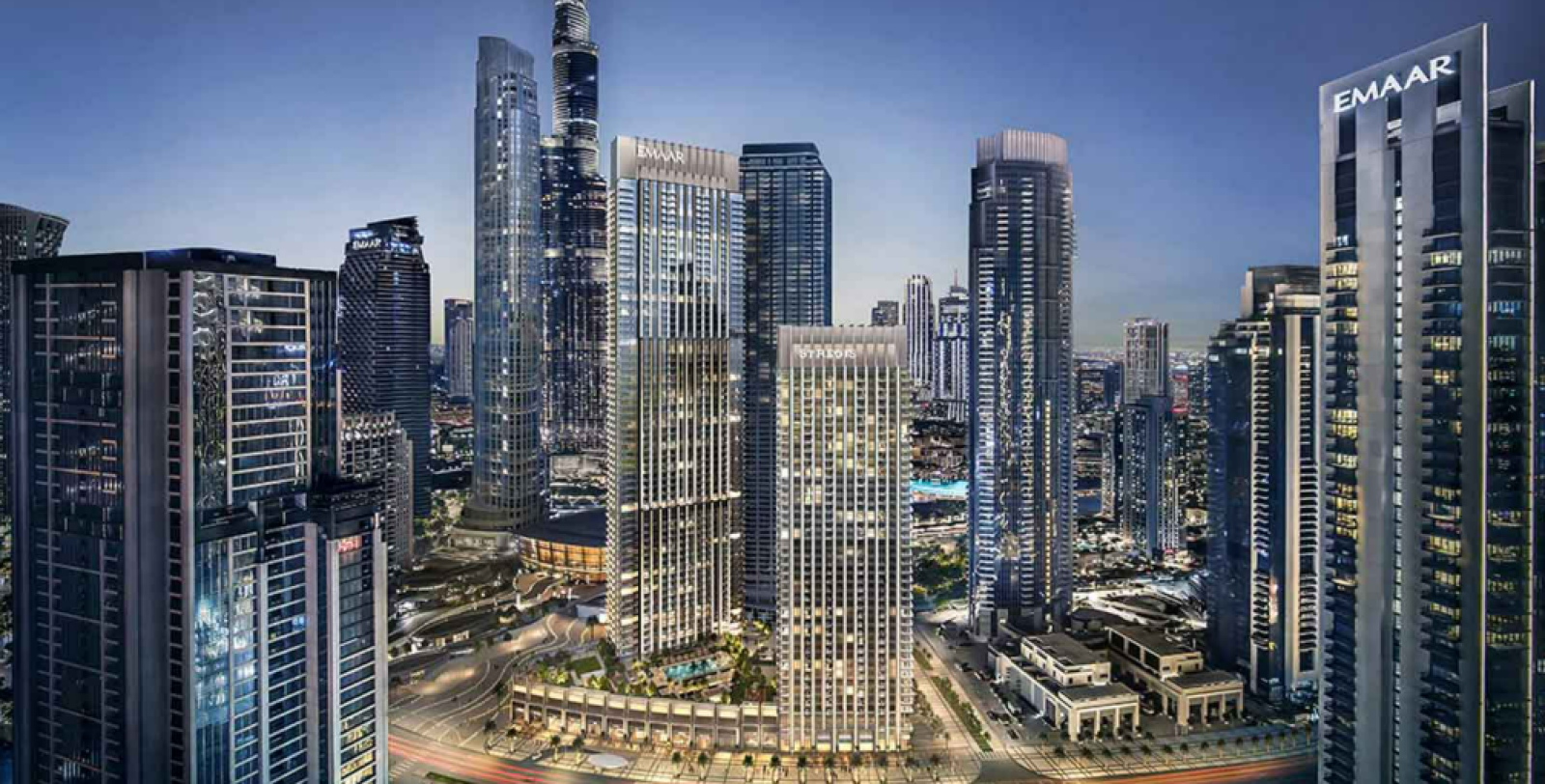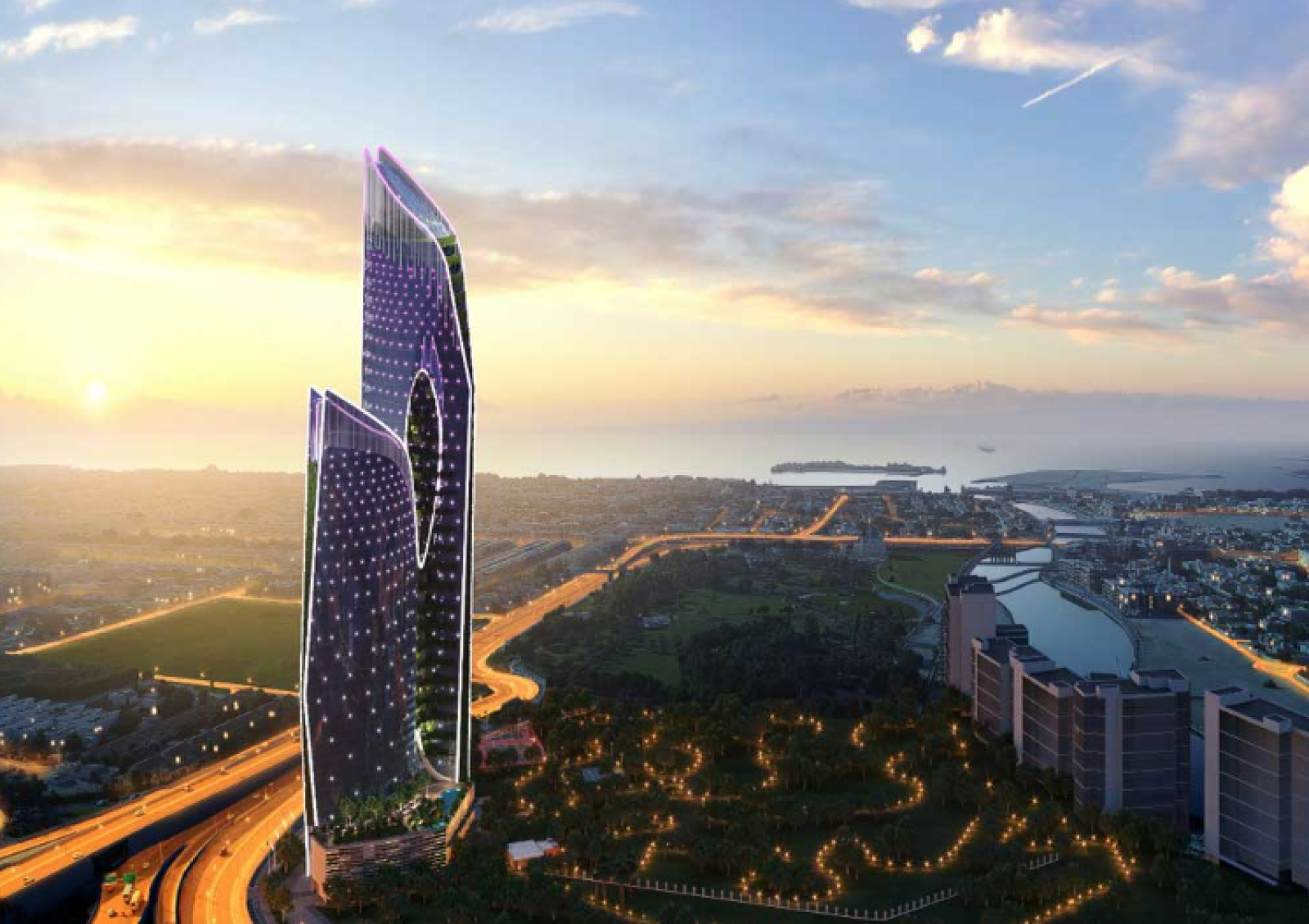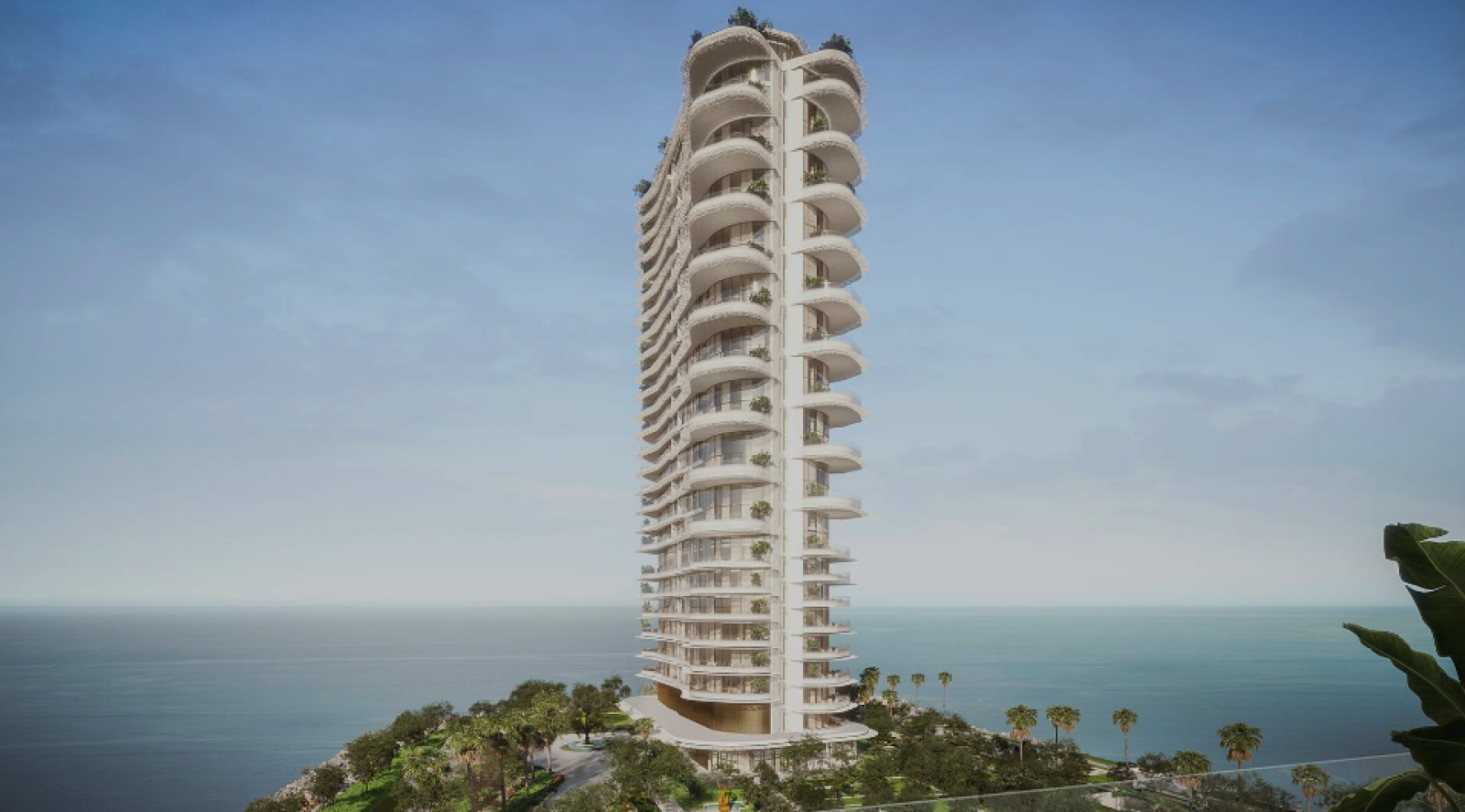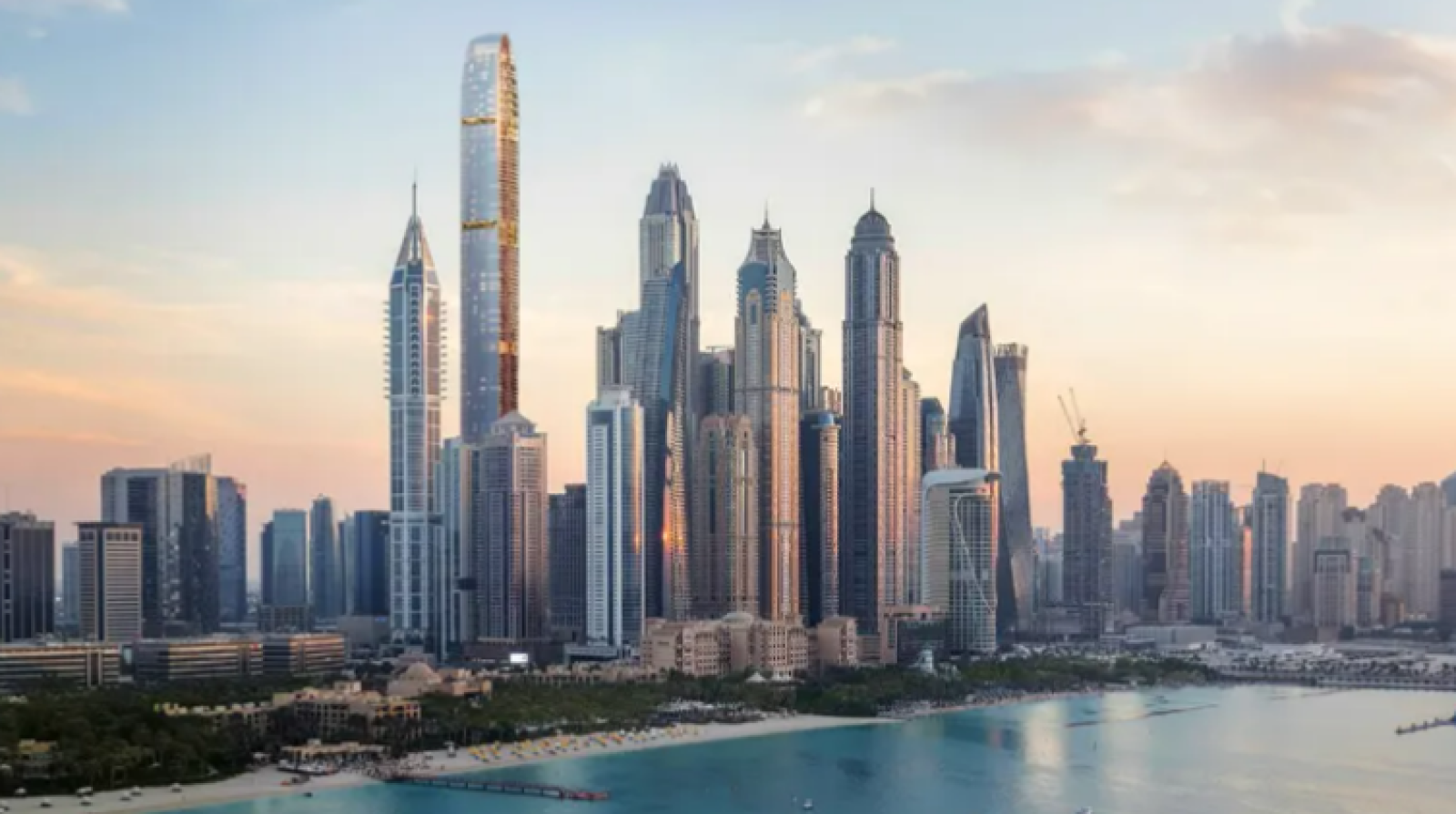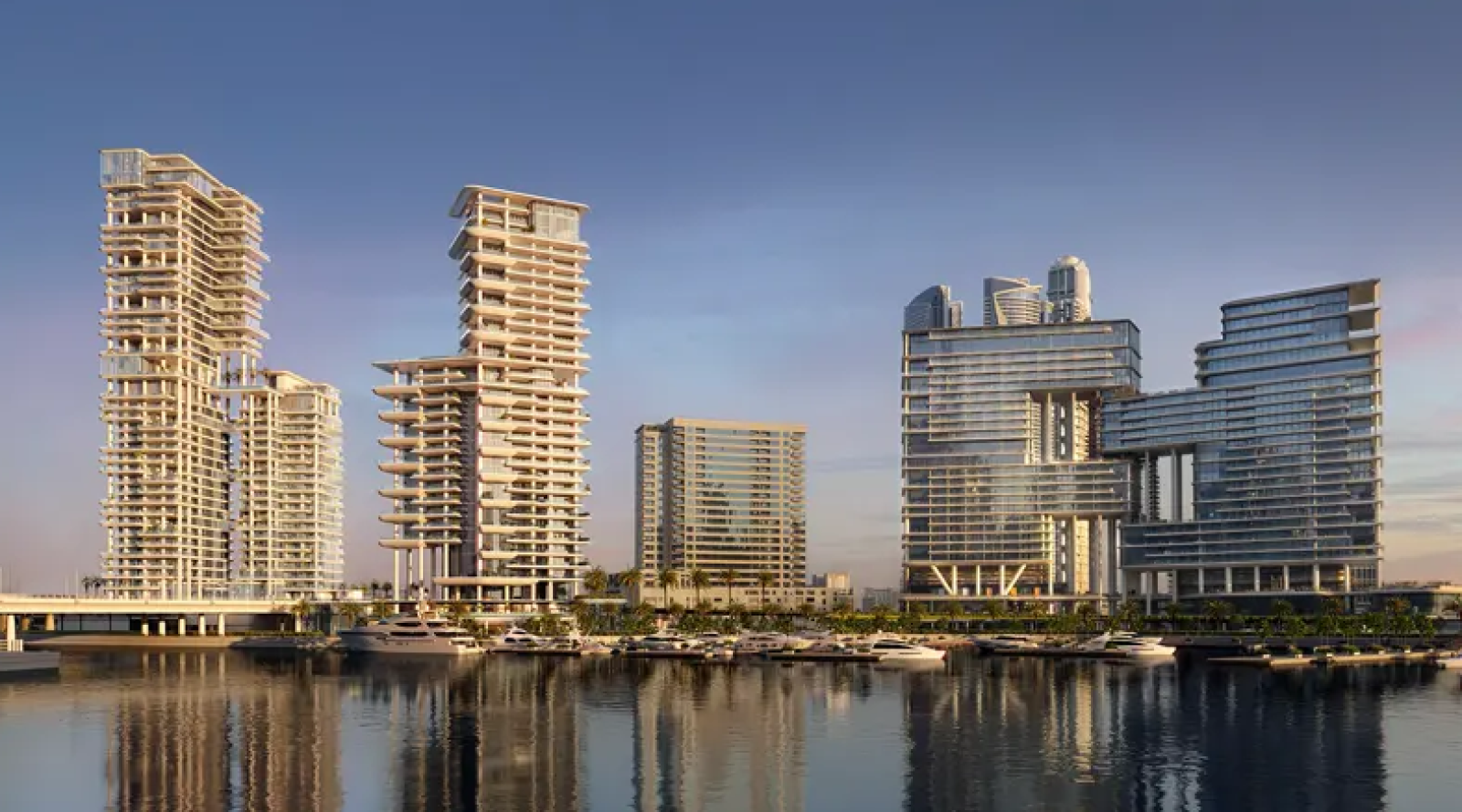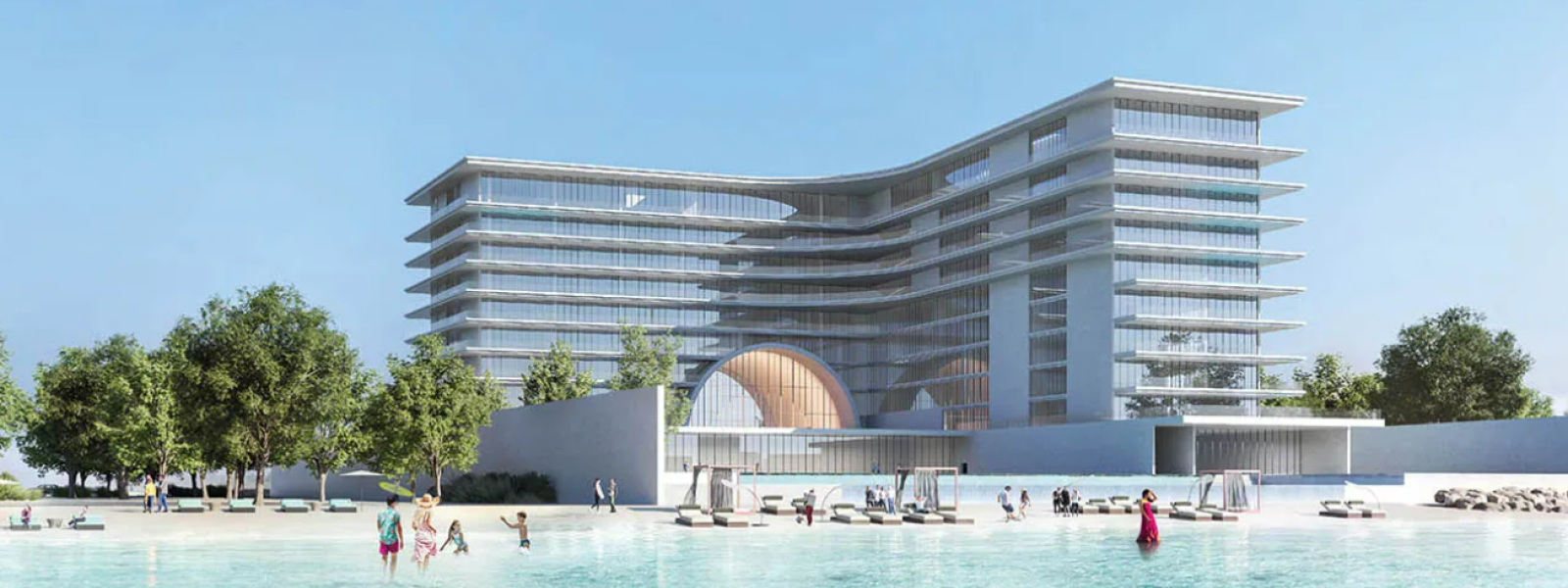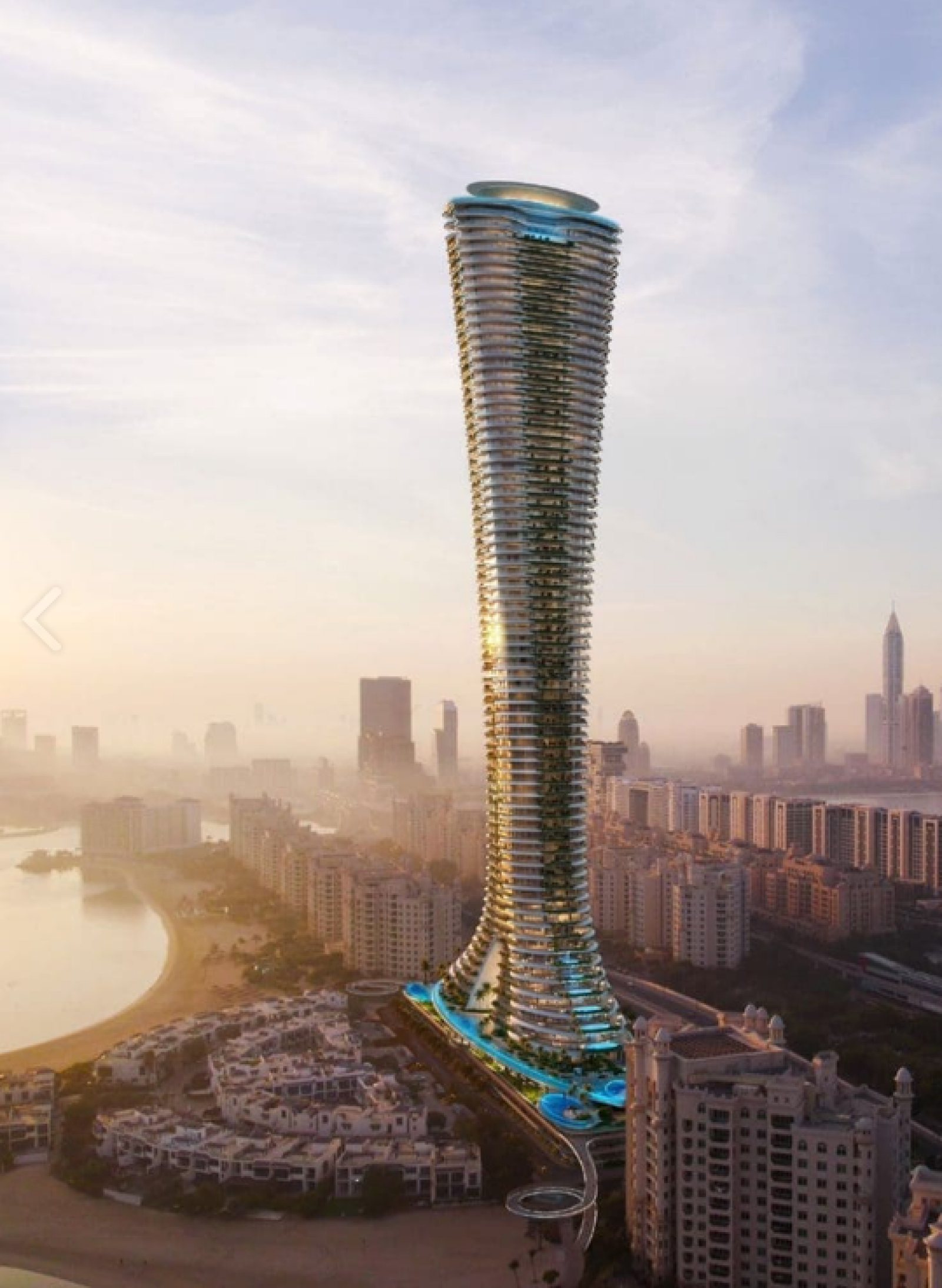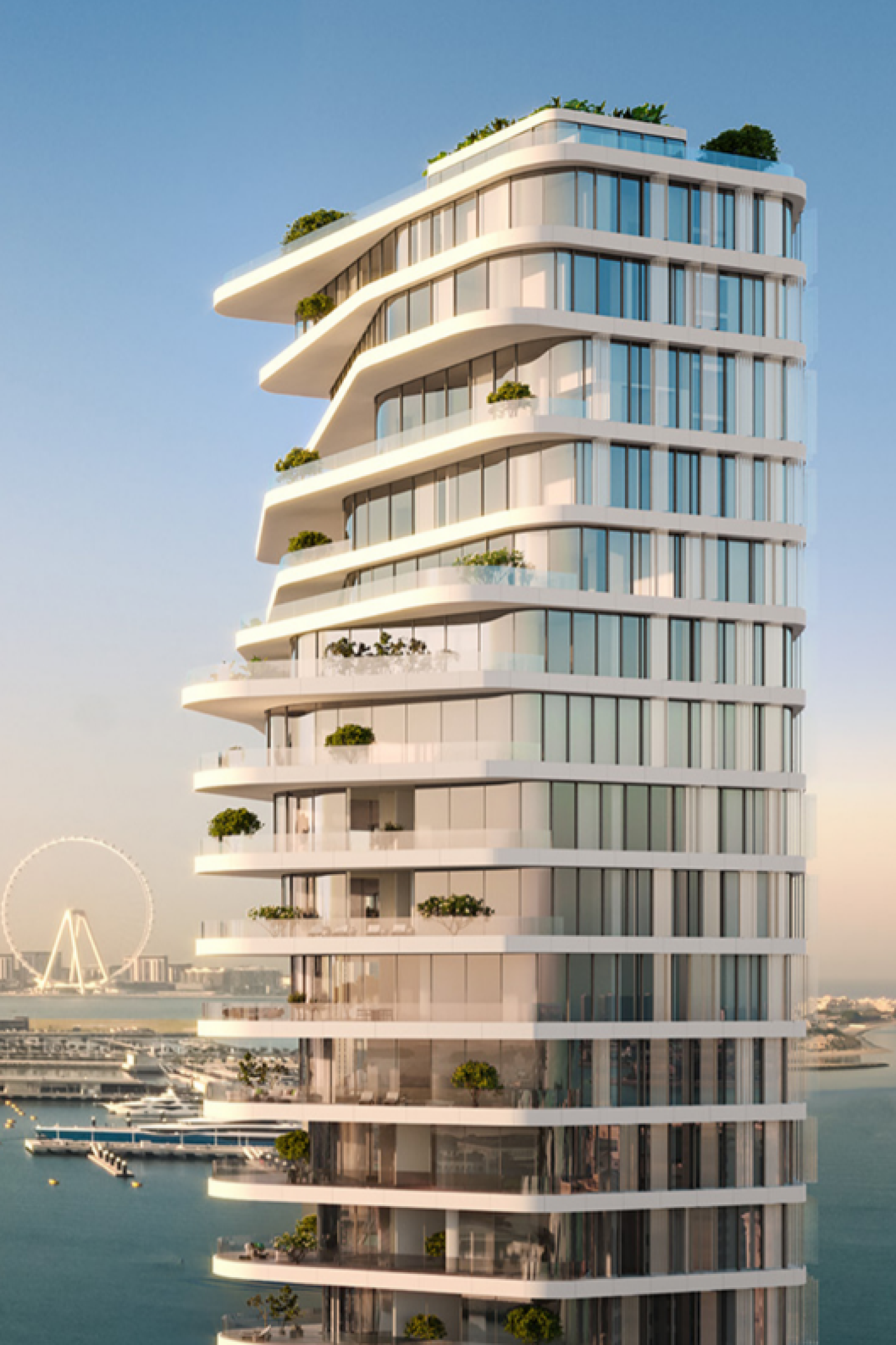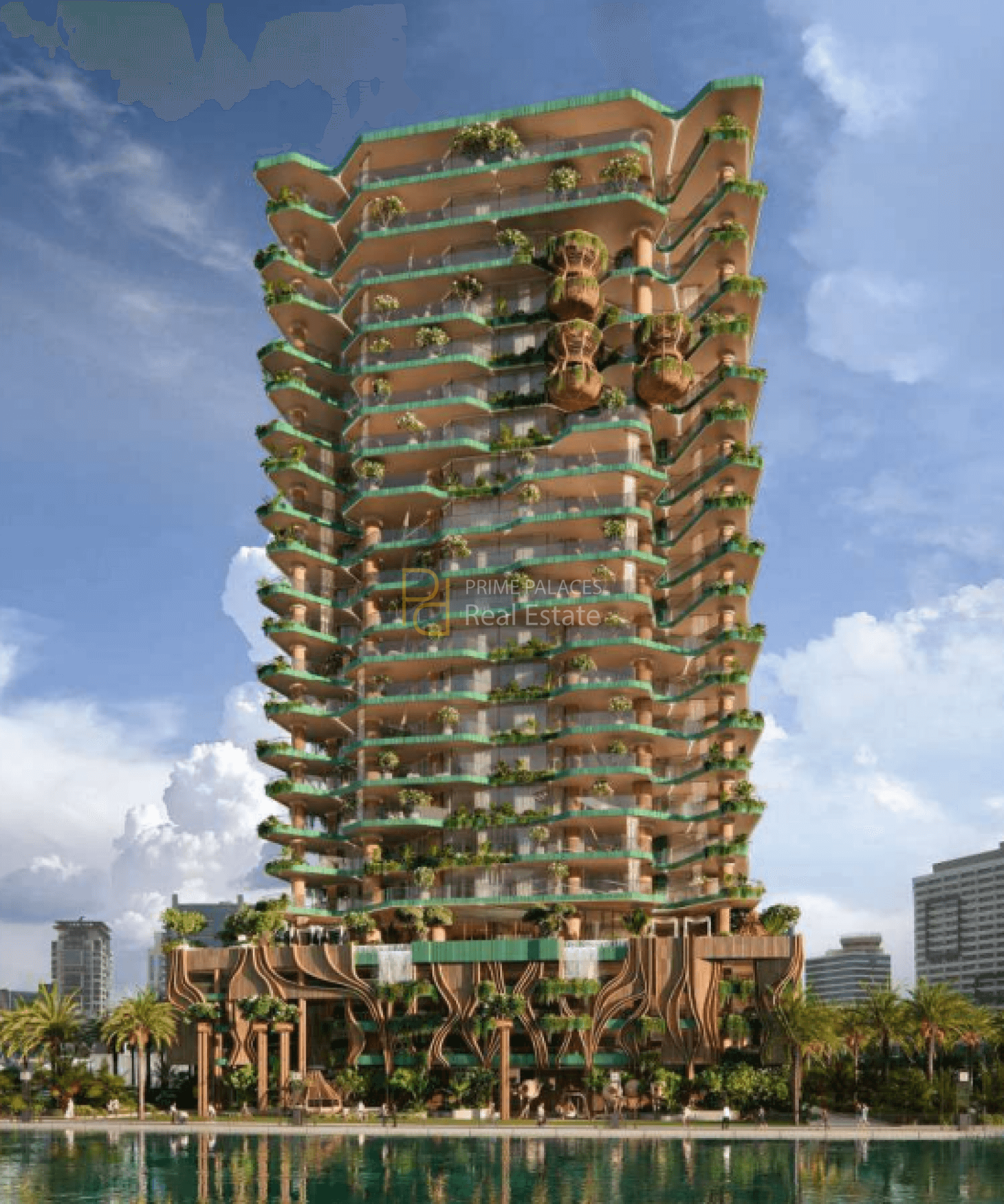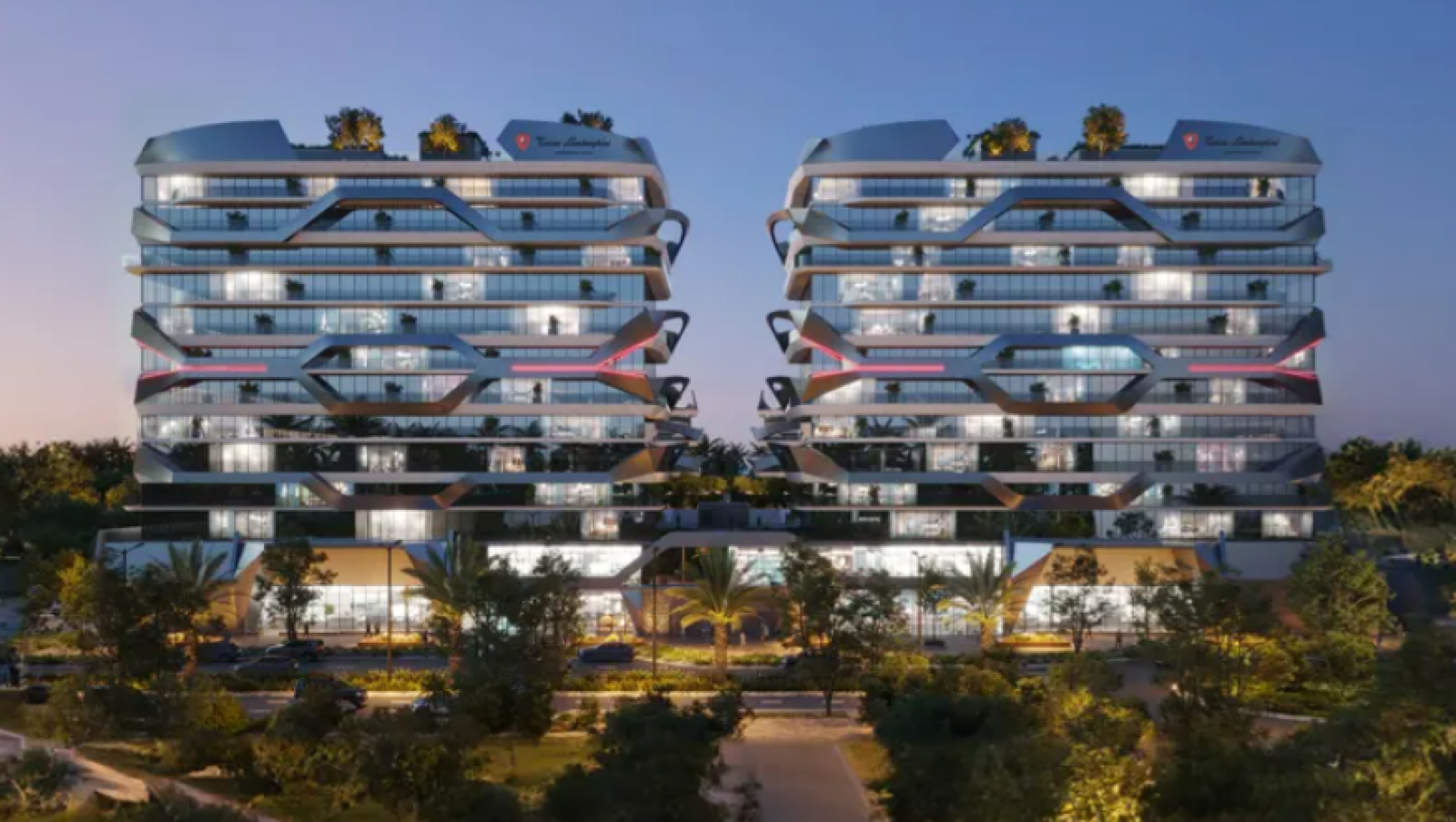How to Renovate and Flip Properties in Dubai for Maximum ROI
Flipping properties—buying, renovating, and reselling for profit—has become an increasingly attractive investment strategy in Dubai’s fast-paced real estate market. With growing demand in both residential and commercial segments, property flipping presents a unique opportunity for investors seeking short-term capital gains.
However, successful property flipping in Dubai requires a well-informed, structured approach that aligns with local market dynamics and regulatory standards.
Step 1: Market Research and Property Selection
The first and most critical step in a successful flip is identifying the right property. Investors should focus on undervalued assets in high-demand neighborhoods such as Jumeirah Village Circle, Dubai Marina, or Al Furjan. Proximity to schools, transportation, and lifestyle amenities often boosts resale value.
Additionally, assess market conditions, transaction history, and price trends using tools provided by the Dubai Land Department (DLD) and platforms like DXBinteract.
Step 2: Legal and Regulatory Compliance
Property investors must be familiar with laws governed by the Real Estate Regulatory Agency (RERA). Flipping is legal, but it is essential to ensure the property title is fully transferred before marketing it for resale.
Moreover, when undertaking significant renovations, obtaining necessary permits from the Dubai Municipality is a must. Unauthorized work can result in fines or delays in resale.
Step 3: Renovation Strategy and Budgeting
Effective flipping hinges on cost-efficient renovation. Focus on improvements that add maximum value—such as kitchen upgrades, modern bathrooms, flooring replacements, and lighting enhancements.
Avoid overcapitalization by aligning renovation budgets with the market ceiling for similar properties in the area. Use local contractors with knowledge of Dubai’s building codes and timelines to minimize execution risk.
Step 4: Timing the Market and Marketing the Property
In a dynamic market like Dubai, timing the sale is essential. Aim to list the property during periods of high buyer demand, such as Q1 and Q4, when relocation activity peaks.
Work with a licensed broker registered with RERA to market the property. Emphasize features that resonate with target buyers, such as energy efficiency, smart home features, or modern design aesthetics.
Step 5: Financial Planning and Exit Strategy
Investors must account for transfer fees, agency commissions, and renovation costs in their return projections. The typical holding period for a flip ranges from 3–9 months, depending on the scope of work and market conditions.
Set clear ROI goals and have contingency plans in case of market softening or extended holding periods. Use ROI calculators to assess profitability and consult with real estate tax advisors if the asset is part of a larger portfolio.
Conclusion
Property flipping in Dubai is a lucrative strategy when backed by strong due diligence, compliance with local laws, and value-focused renovations. By choosing the right property, managing costs, and executing a strategic resale plan, investors can realize substantial capital appreciation within a relatively short time frame.

